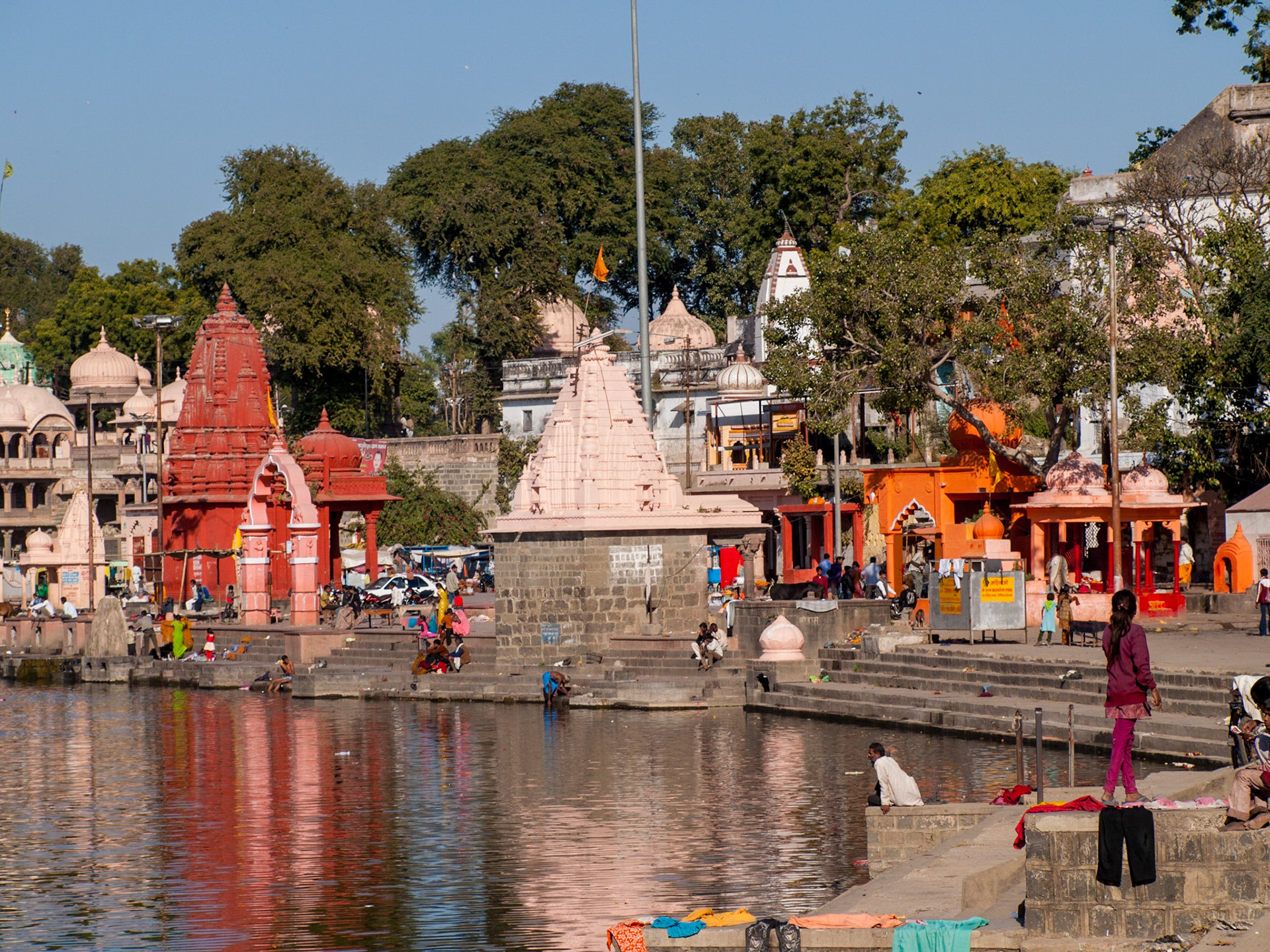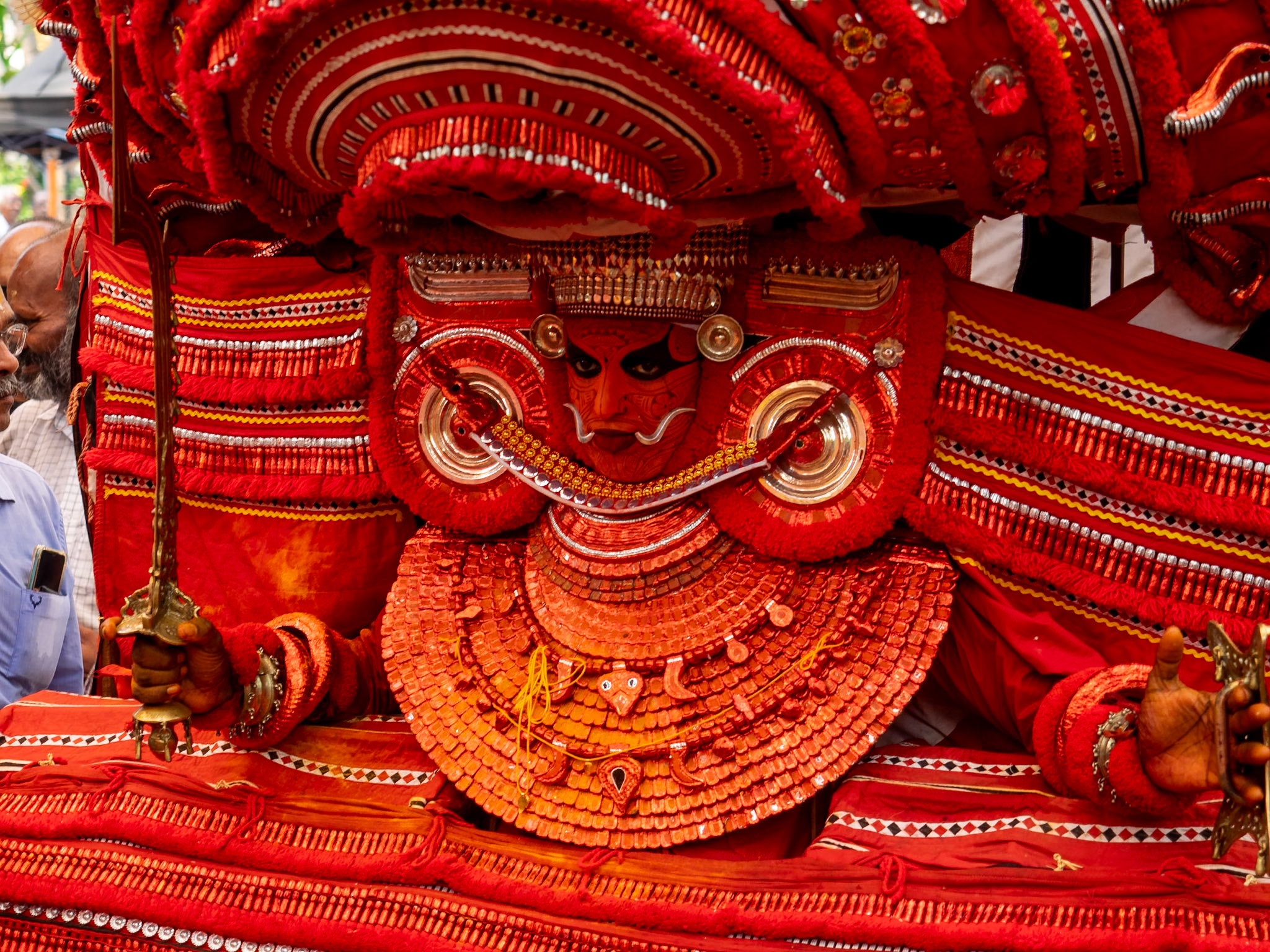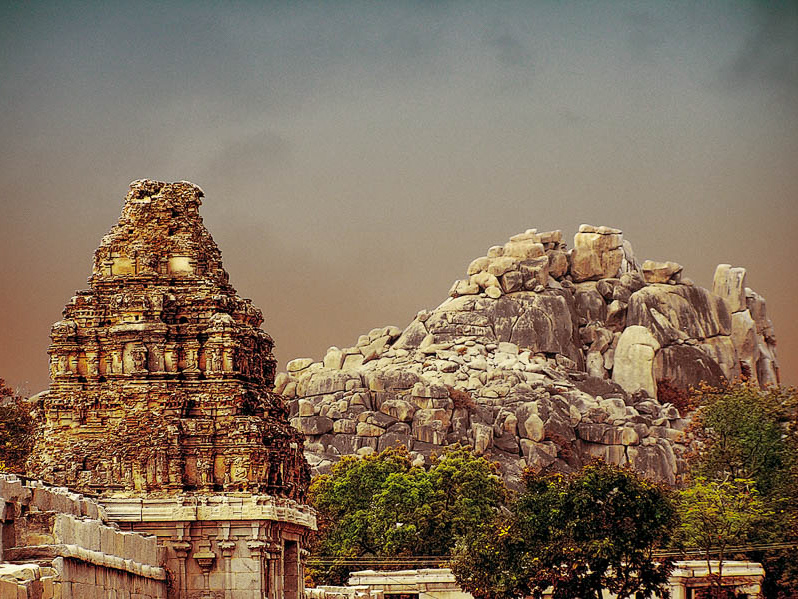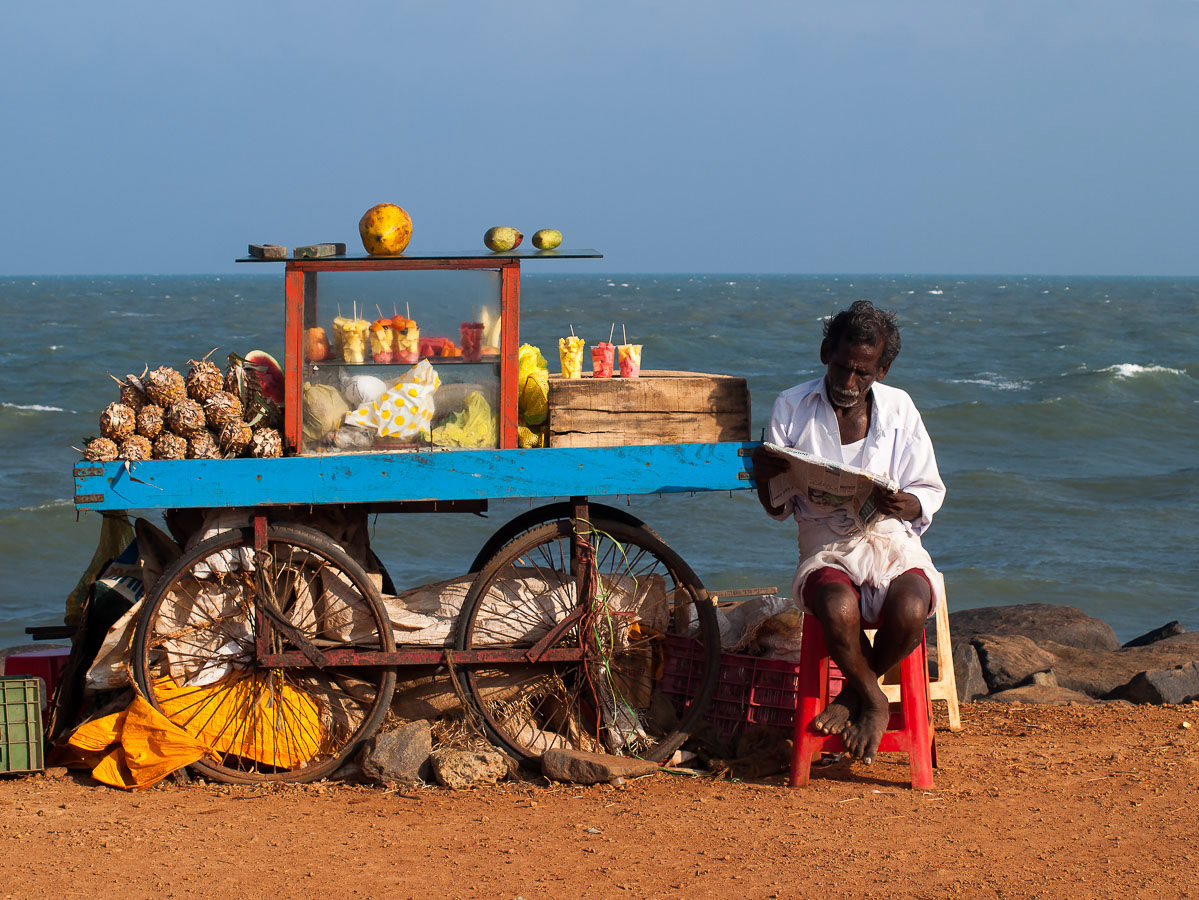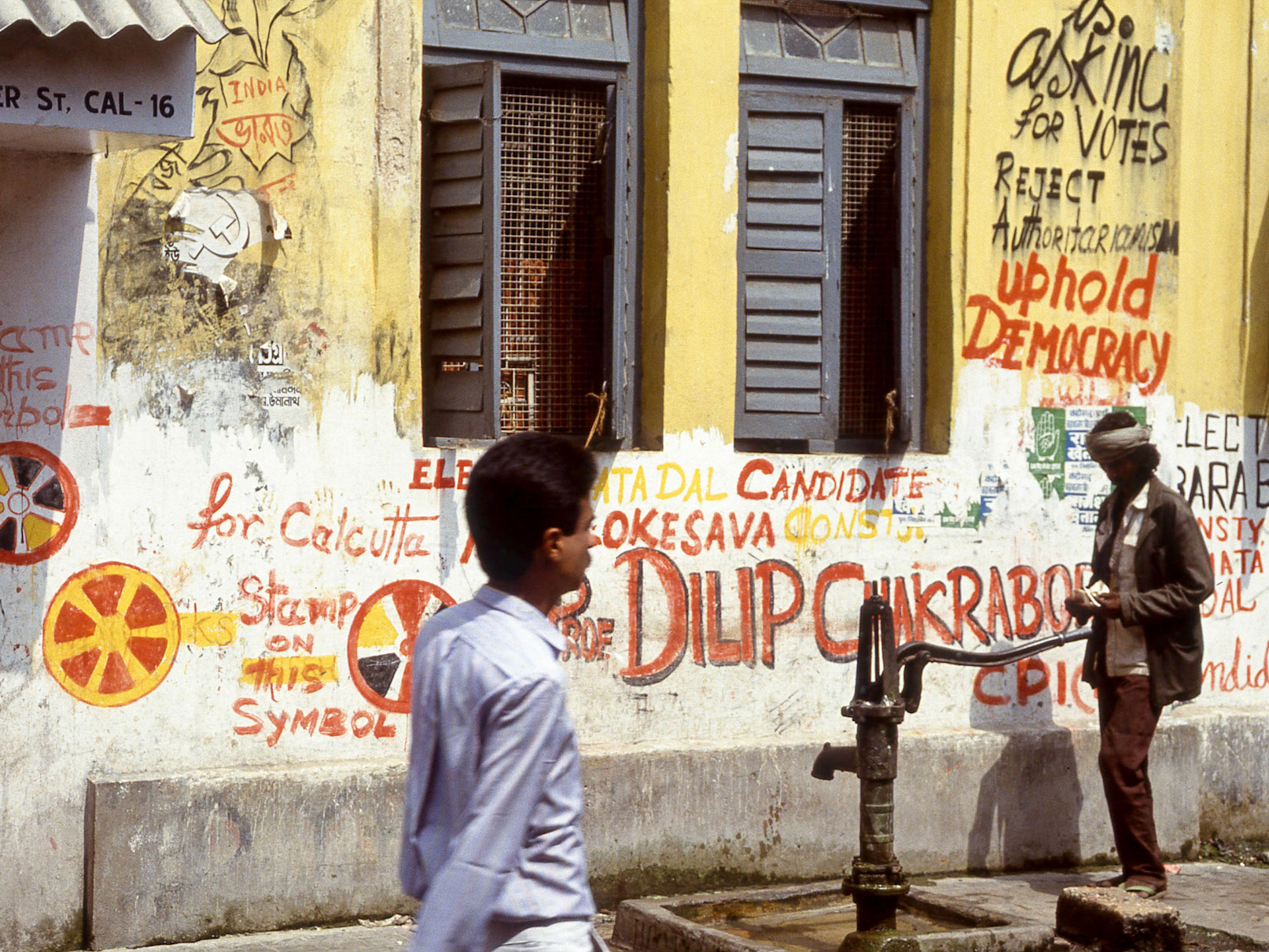Bhubaneswar
Odisha
1991, 1994, 1998, 2005, 2011, 2013, 1018, 2022
Odisha is one of the least visited States in India for foreign tourists, although the sacred city of Puri makes it a magnet for domestic tourists. Yet Odisha is one of the easier & more idiosyncratic places to visit, particularly the area around the capital, Bhubaneswar. Odisha is also home to a large number of India's tribal people, occupying the undeveloped hills of the Eastern Ghats. This region of hard to access hills & jungle, together with extensive coastal lagoons, mangroves, and estuaries, makes Odisha a magnet for off the beaten track bird & animal watchers.
Bhubaneswar.
Bhubaneswar is another of India's planned cities. Designed and built in the late 1940's to replace the old capital of Cuttack, it envelopes ancient temple sites, from the 6th to 13th centuries CE and the barely visible ruins of the Kalinga empire dating to the 3rd century BCE. The Kalingans are best known for being slaughtered en masse by the Emperor Ashoka, resulting in his famous conversion to Buddhism, and his humanist & tolerant edicts carved in rocks across the country. Despite it's planned nature, which can still be glimpsed in a network of wide tree lined boulevards, Bhubaneswar is struggling under the weight of modern traffic and it's rapid expansion as a university & IT city. This has resulted in there being 10 or 12 lanes of chaotic traffic to cross.Except for the area around the main temple sites it is not a city to walk around.
Sights in Bhubaneswar.
The largest temple in town is the Lingaraja Temple. This is off limits to non Hindus. However it forms part of a network of other temples and religious structures, all within a reasonable walking distance.
These include the Muktesvara Temple, Rajarani Temple, and Ananta Vasudeva Temple
Other sights in Bhubaneswar. The twin hills of Khandagiri and Udayagiri.
Outside town is the Dhauli Shanti Stupa, constructed with Japanese money in the 1970's, to commemorate Ashoka's conversion to Buddhism. It's a pleasant site with nice views, and pushy, overcharging attendants. So don't accept unsolicited sacred threads, blessings, or sutras.
Puri.
One of the four cardinal sacred sites in India, Puri recieves a steady flood of local tourists & pilgrims all year round to visit the Sri Jagganath Temple. This swells to ridiculous numbers for the annual cart festival, the origin of the term juggernaut. Note that non Hindus are strictly prohibited from entering the temple, so the interest is in the people watching around the temple, and the kilometre of stalls leading up to the entrance.
Representations of Lord Jagganath are easily recognisable as a stylised black figure with huge eyes. For some reason devotees seem to like wearing animal prints, as well as the usual saffron.
Puri is also a beach town, originally serving as a resort for Raj officials, and government employees. Some vestiges of these buildings still survive.
The temple trustees have been embroiled in a number of controversies over the last few years, ranging from admittance policies, to missing keys to treasure storerooms, which means it's worthwhile checking for updates.
Konark
A few kilometres north of Puri is the Sun Temple of Konark. Under an ongoing restoration for several years, it is famous, among other things, for it's ornamentation dealing with various acrobatic and improbable sex positions, so expect a fair bit of giggling and double entendres if you encounter a guide showing people around.

Sri Jagganath Temple, Puri
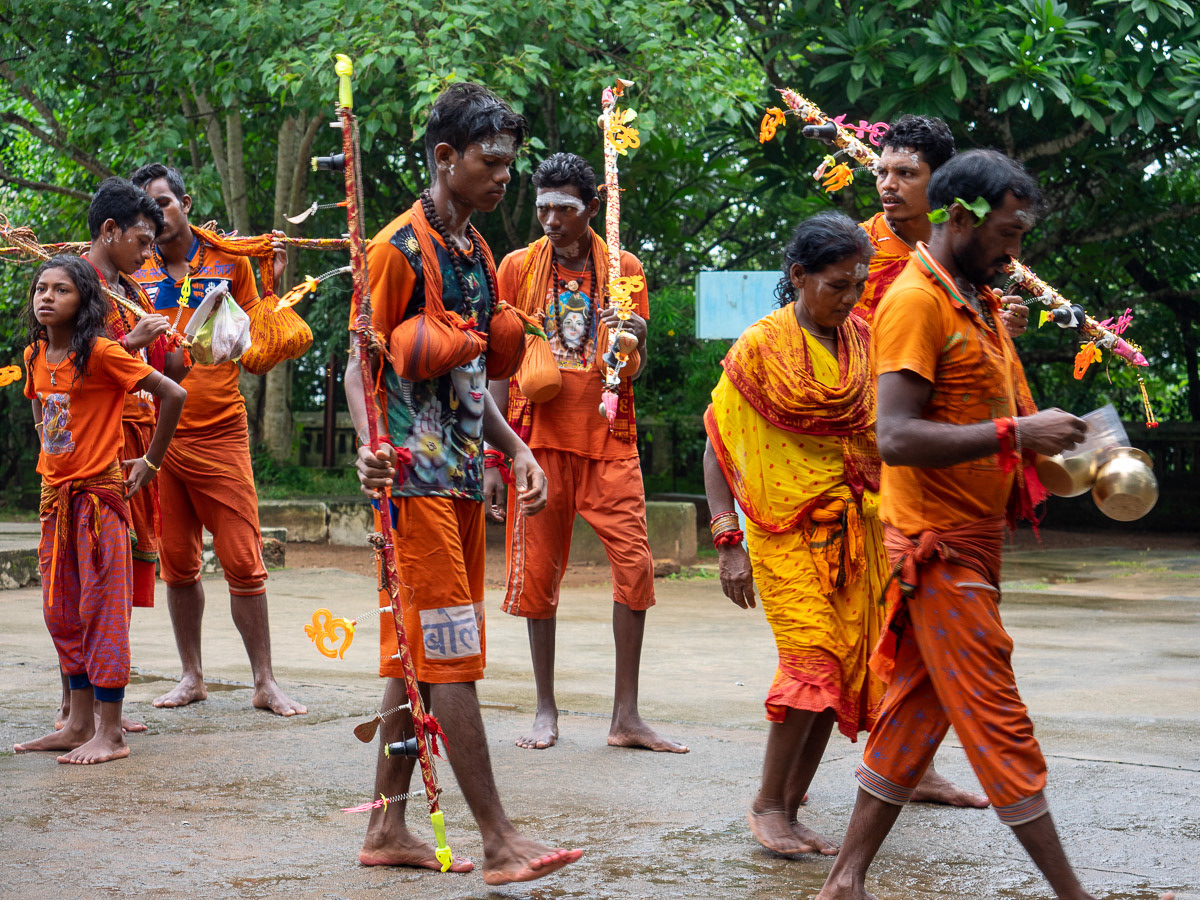
Pilgrims, Odisha
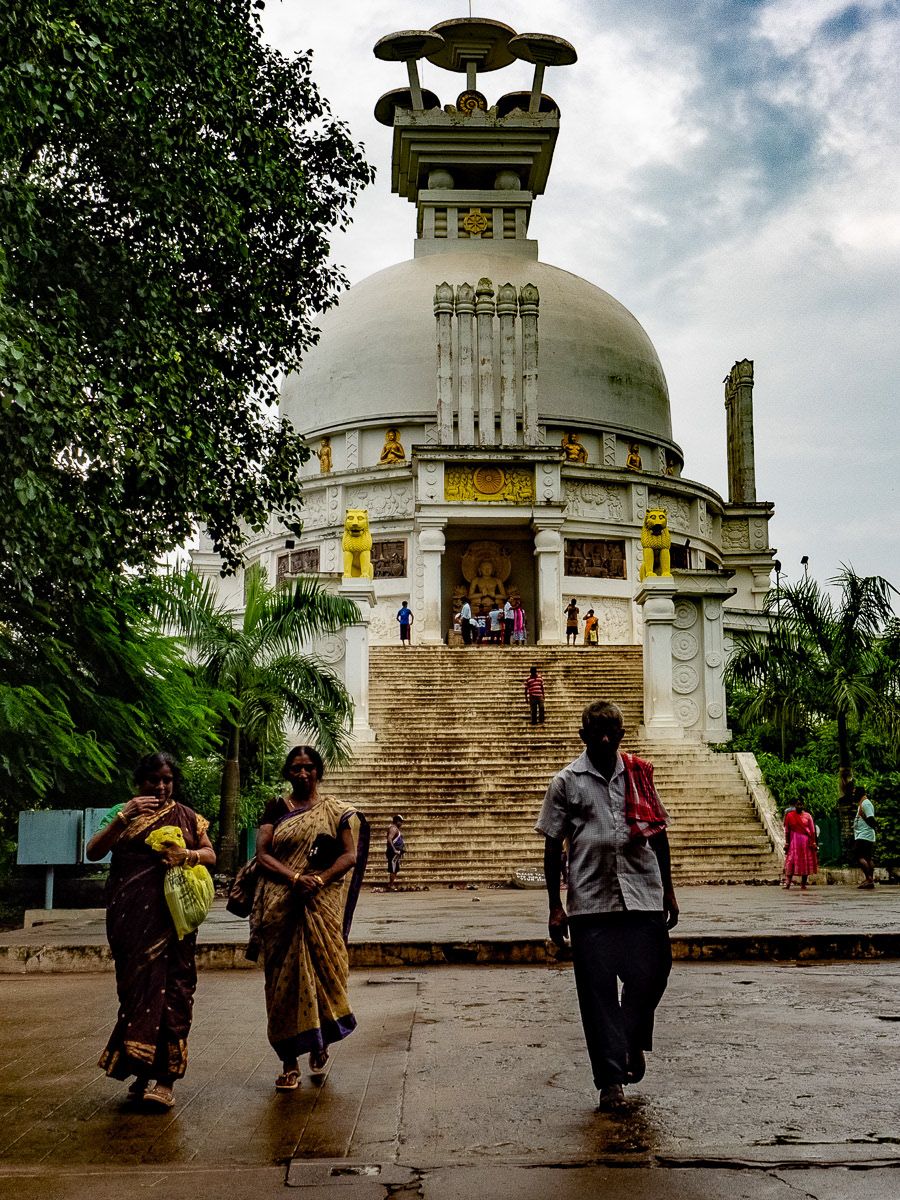
Dhauli Shanti Stupa, Bhubaneswar

Sun Temple, Konark
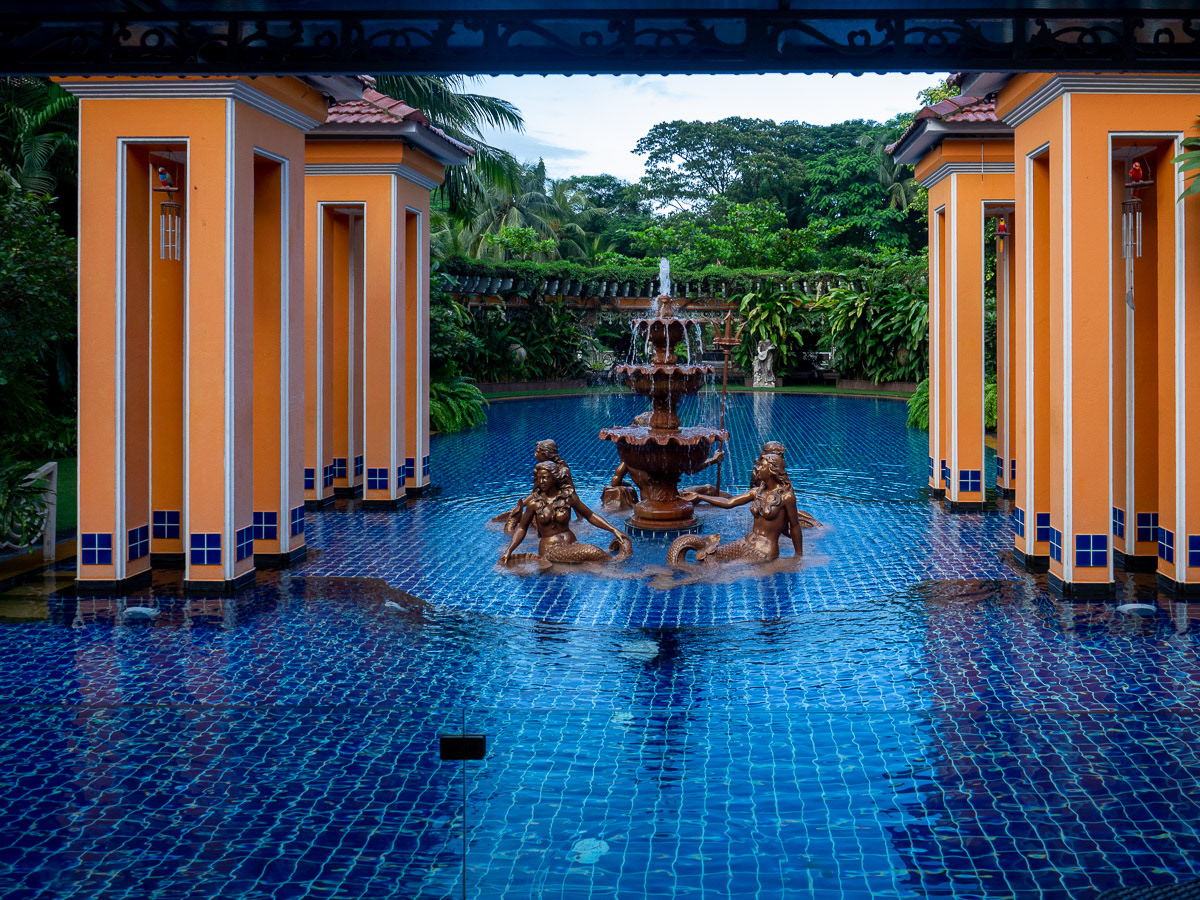
Hotel, Bhubaneswar
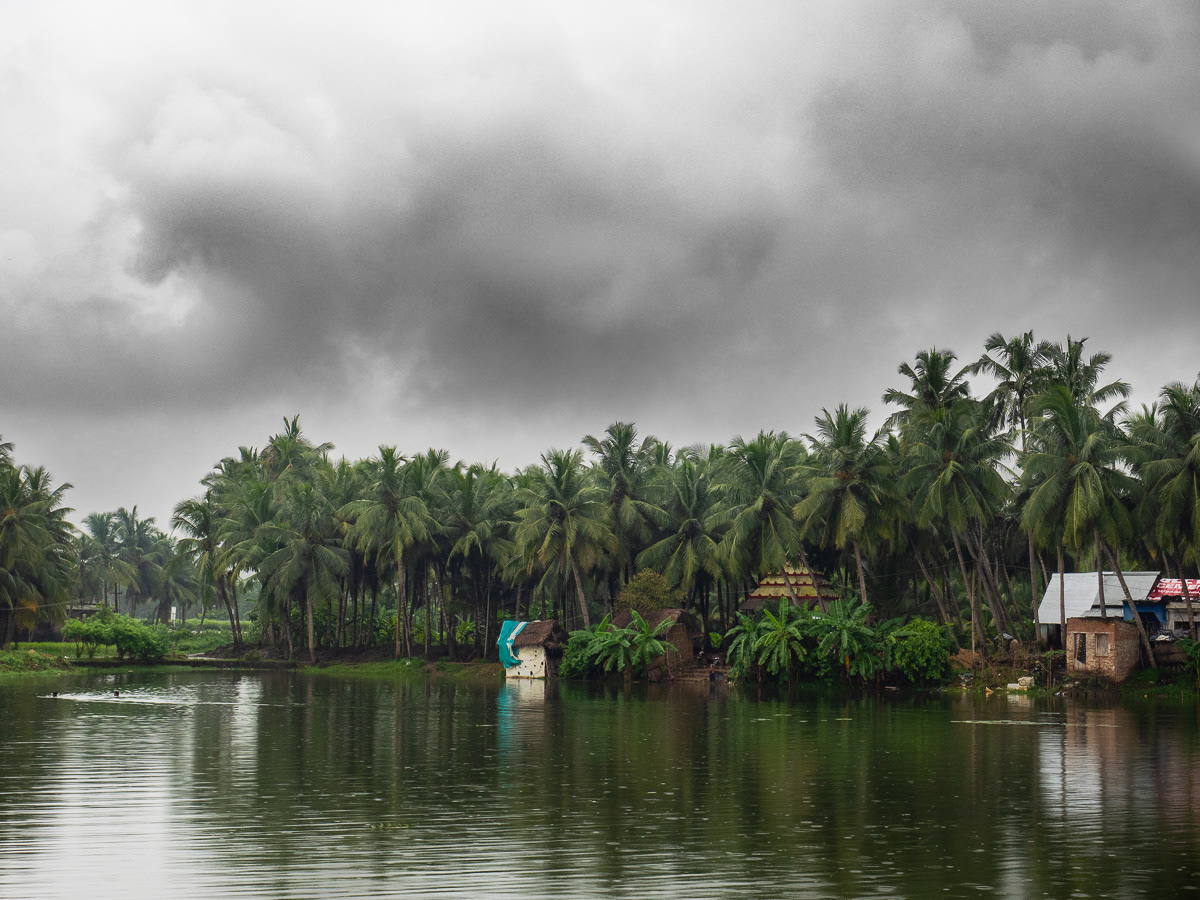
Odisha Countryside

Bhubaneswar
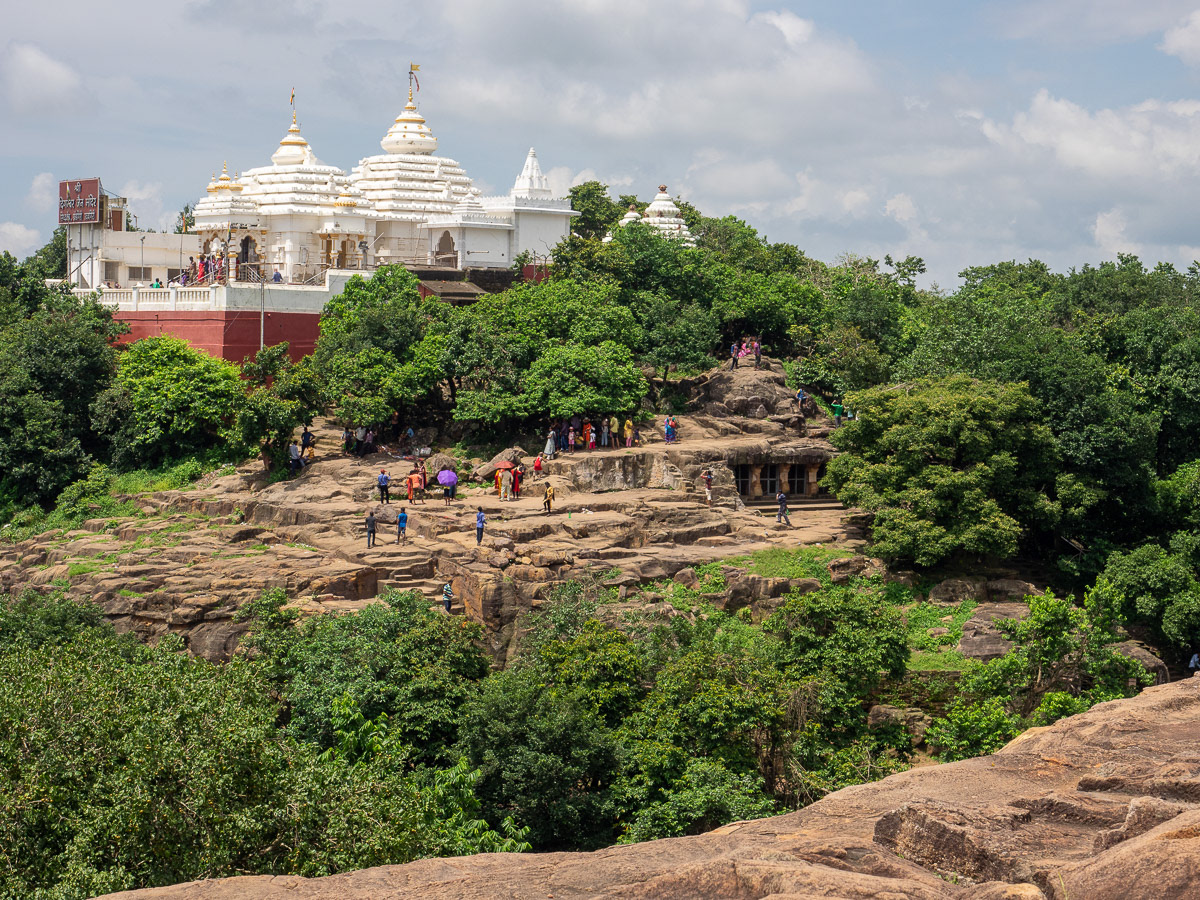
Bhubaneswar

Sri Jagganath Temple, Puri

Cart outside Sri Jagganath Temple, Puri
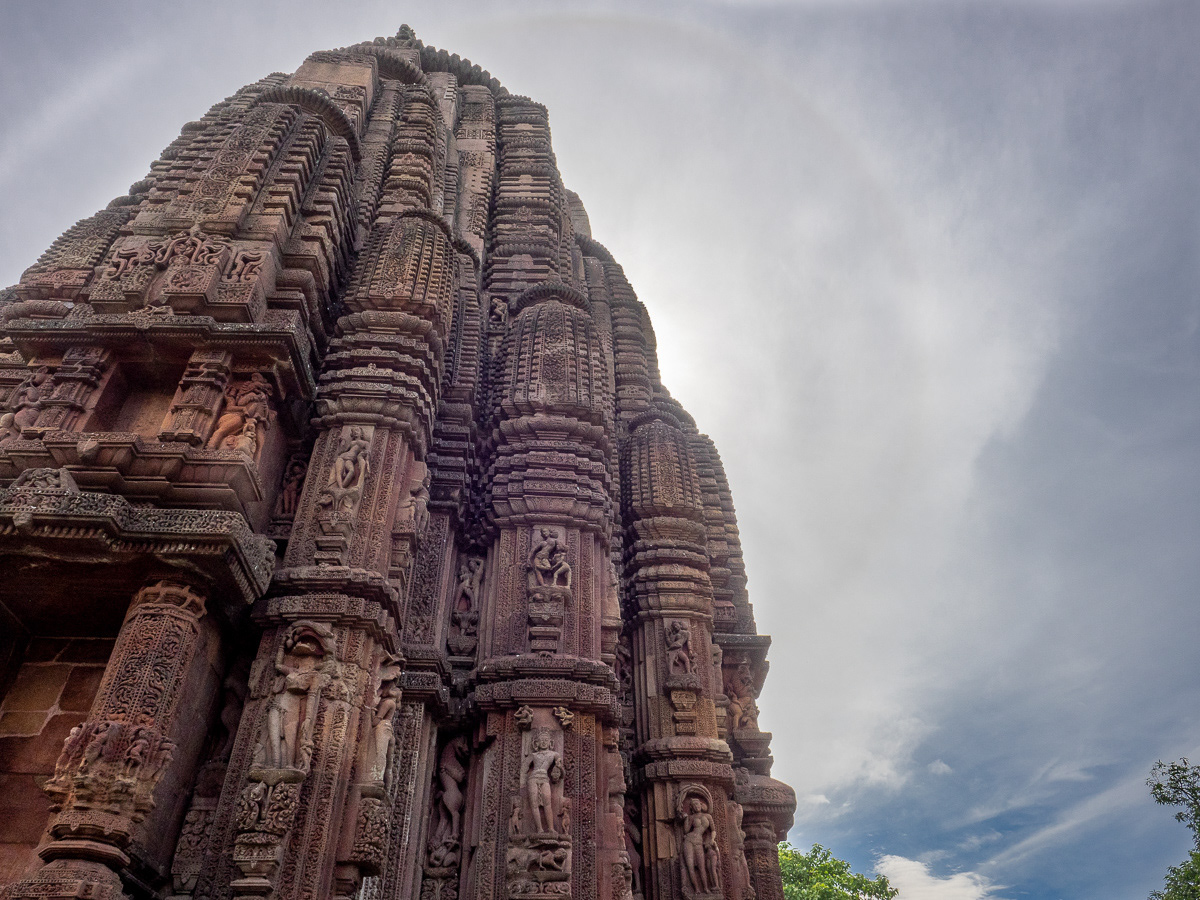
Bhubaneswar
Madhya Pradesh
Madhya Pradesh occupies the centre of India. Surrounded by States & regions that generate any more visitors, it markets itself as quintessential India. Which, in terms of North India, it probably is with some standout attractions. Some, in order of favouritism, would be;
Maheshwar
Maheshwar is a delightful small town in the south west of the State, on the north bank of the sacred Namada River. Home to an imposing fort hotel, and picturesque old school ghats, it's an excellent place to spend a few days. A significant temple is dedicated to Ahilya Bai Holkar, a rare female Indian ruler in the 1700's, who was also responsible for the restoration and resurgence of Hindu sites across India during her rule. Which may explain the frequency of visiting bus loads of happy Indian women.
Traditionally the Narmada River was the dividing line between North & South India, and is still a sacred place, with pilgrims doing a circuit of the river on both banks, taking months at a time, and the associated abundance of small shrines & holy places that come with such status.
Maheshwar is also a good base for visiting Mandu, an hour or so to the west, one of the great ruined sites in India. Perched on a high plateau, Mandu contains a truly remarkable collection of buildings from the mid 1400's on, with a distinct architectural style predating what's commonly called Mughal architecture. It is particularly beautiful in the wet season, where it's elaborate water engineering comes into its own.
The nearest jumping off point for Maheshwar is Indore, an hours drive to the north.

Maheshwar
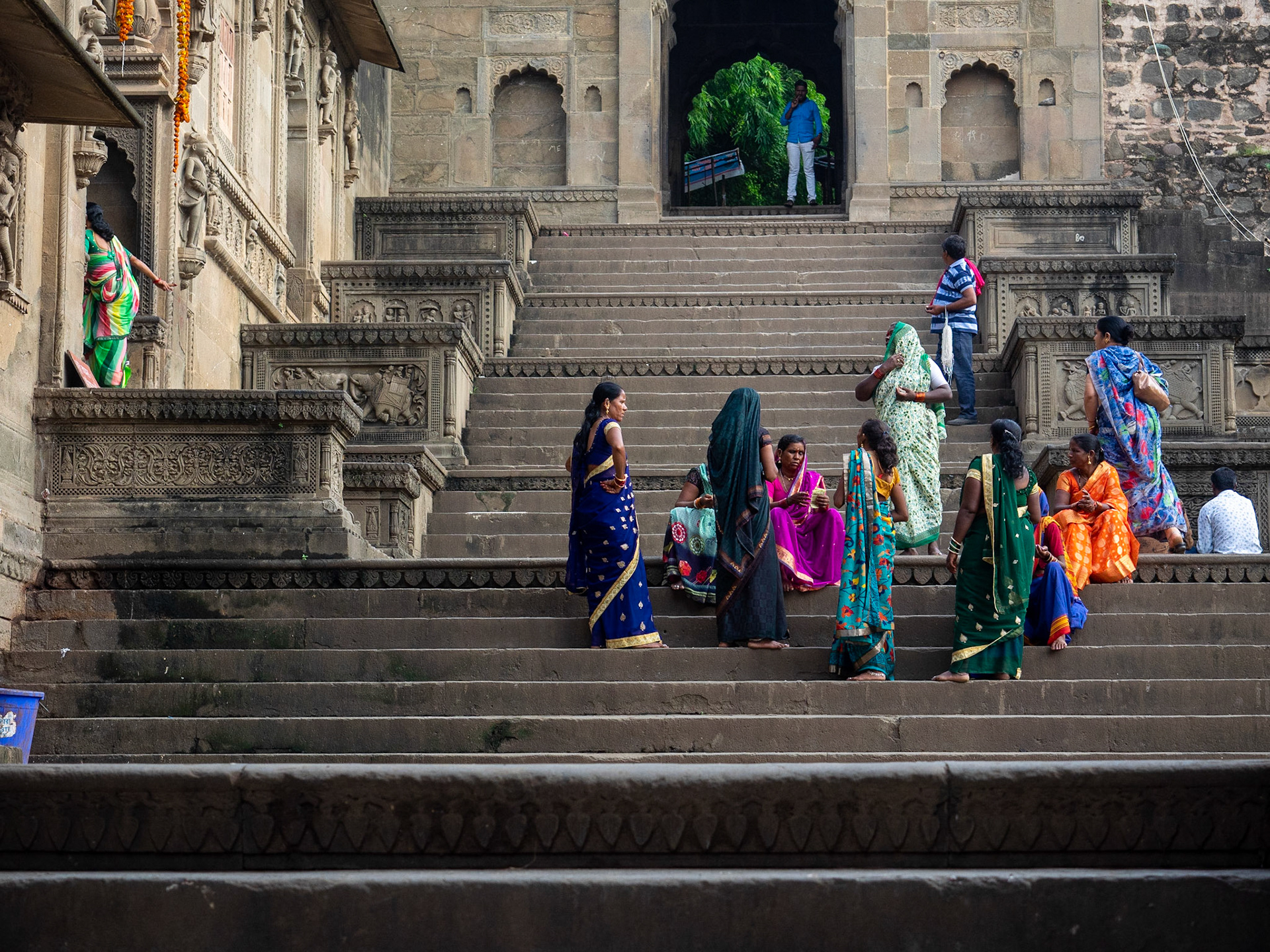
Maheshwar Ghats

Narmada River, Maheshwar
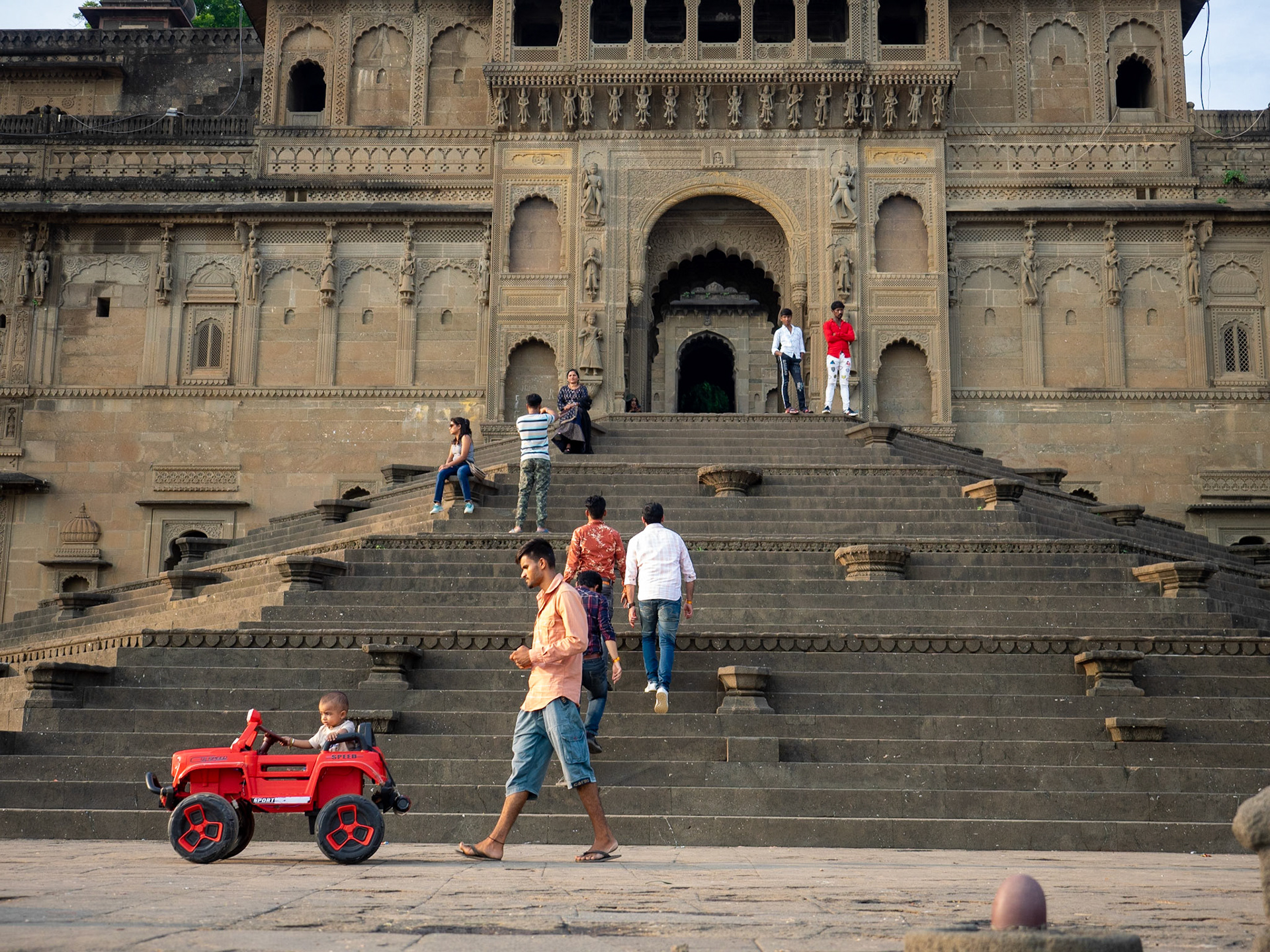
Maheshwar Ghats
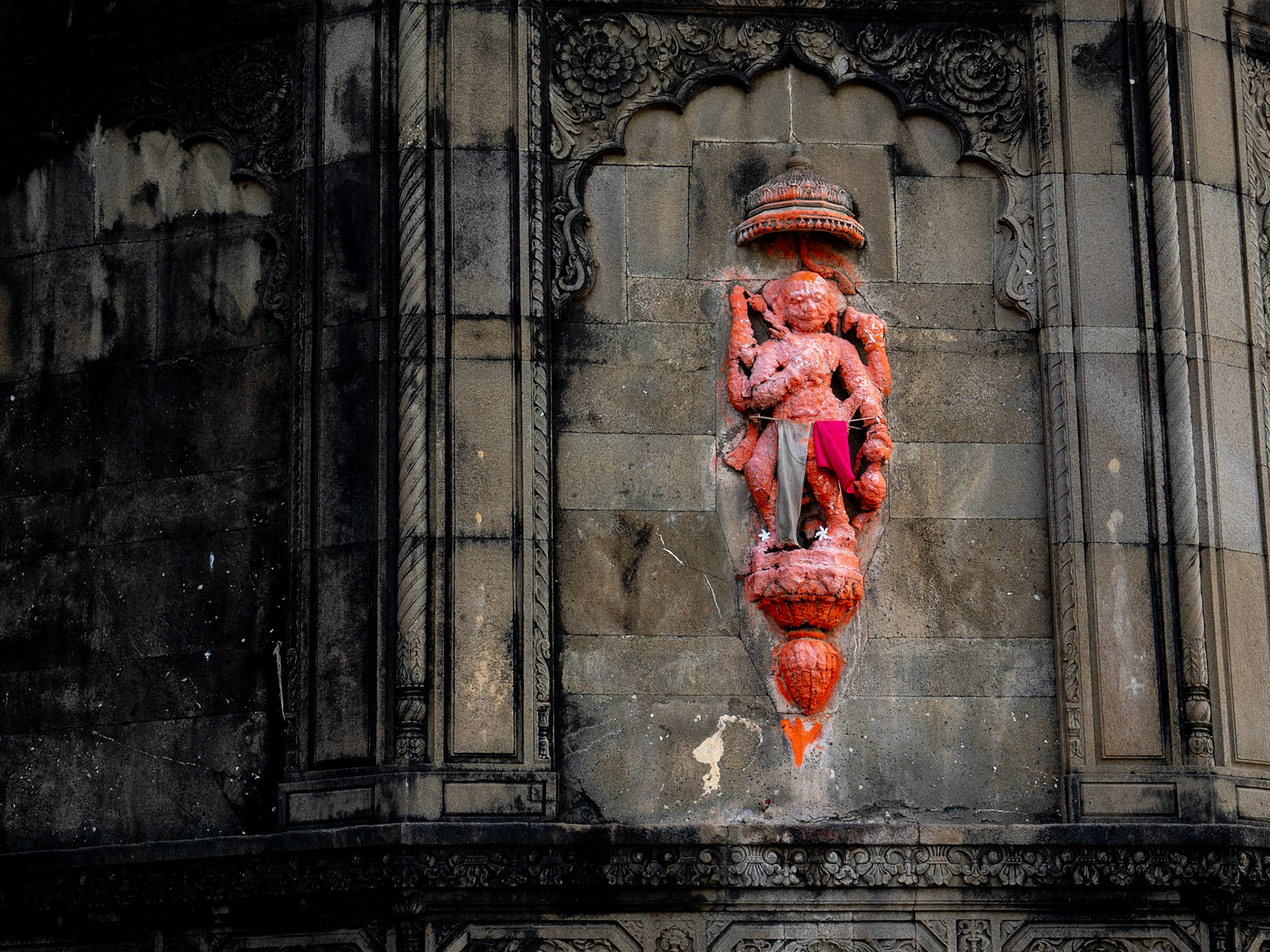
Maheshwar
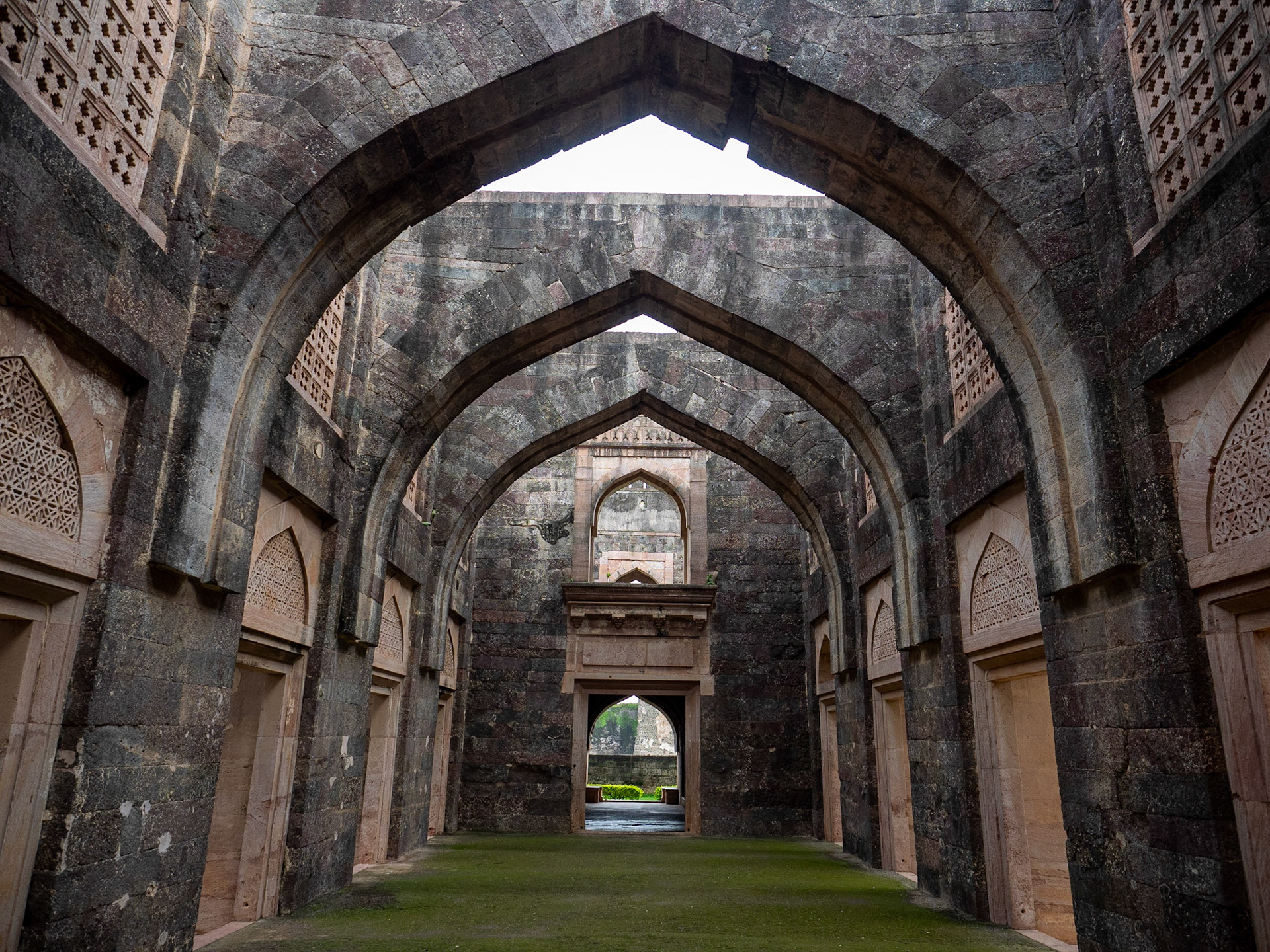
Mandu

Narmada River, Maheshwar
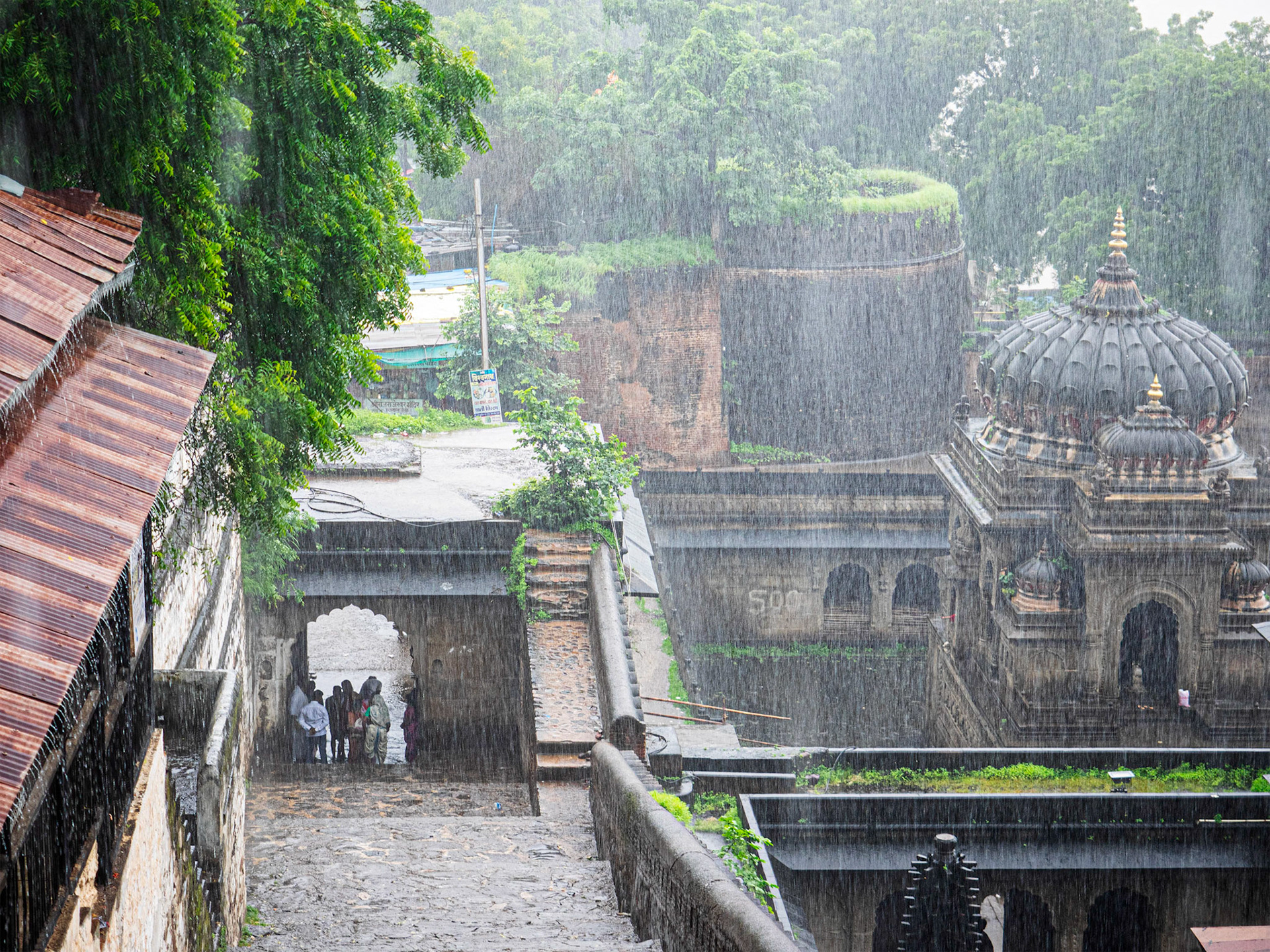
Maheshwar
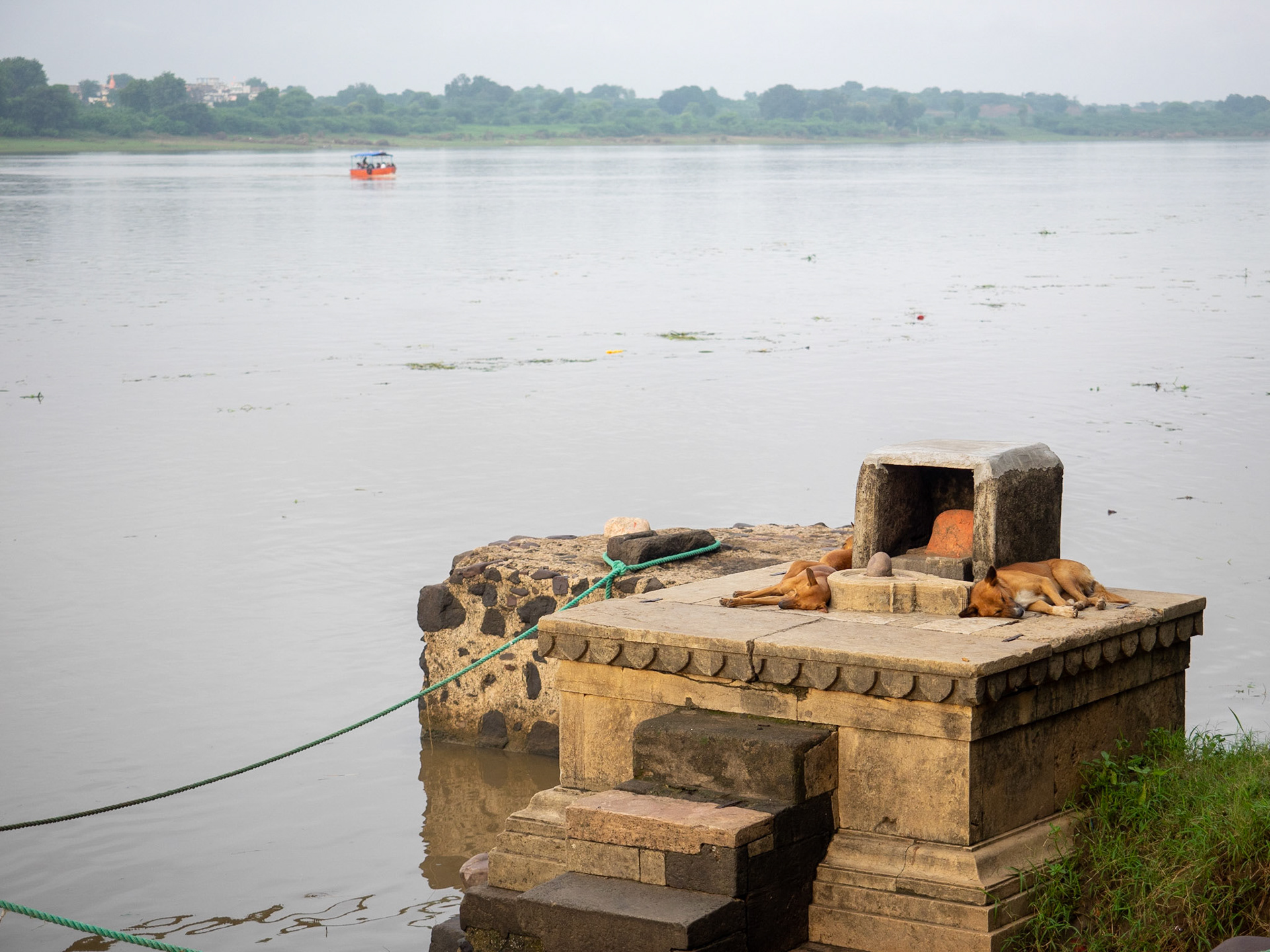
Maheshwar Ghats
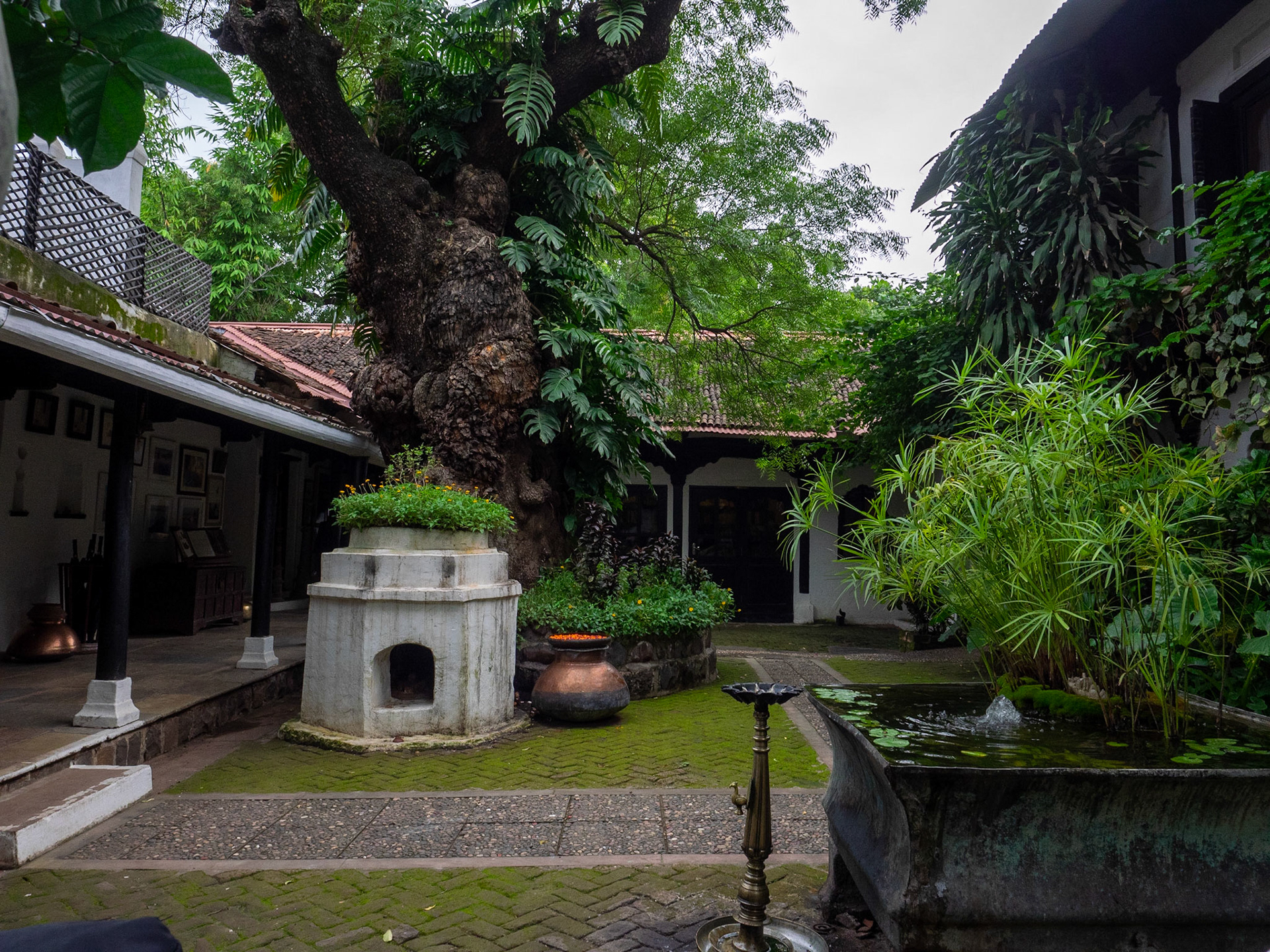
Courtyard, Ahilya Fort, Maheshwar
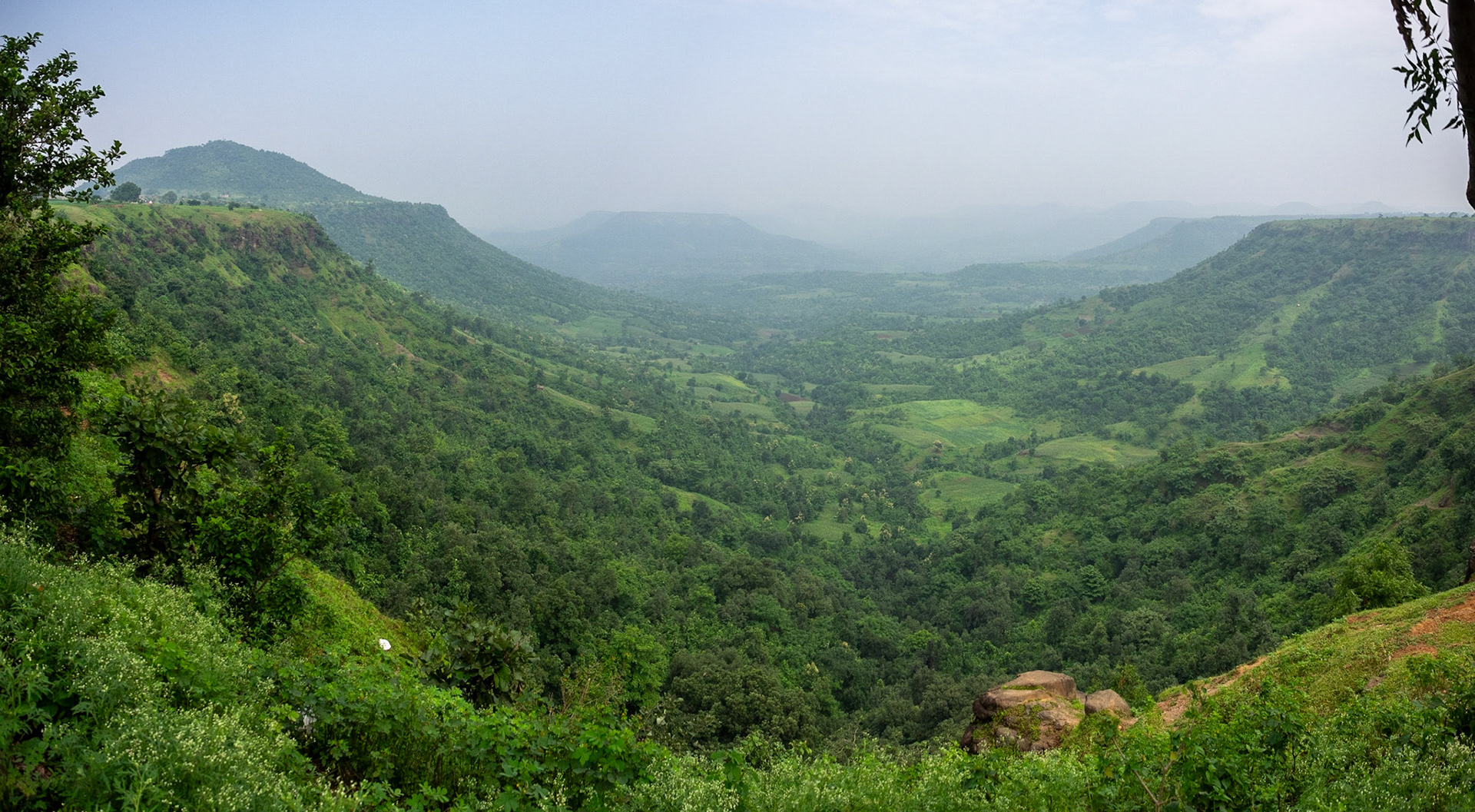
Mandu Plateau
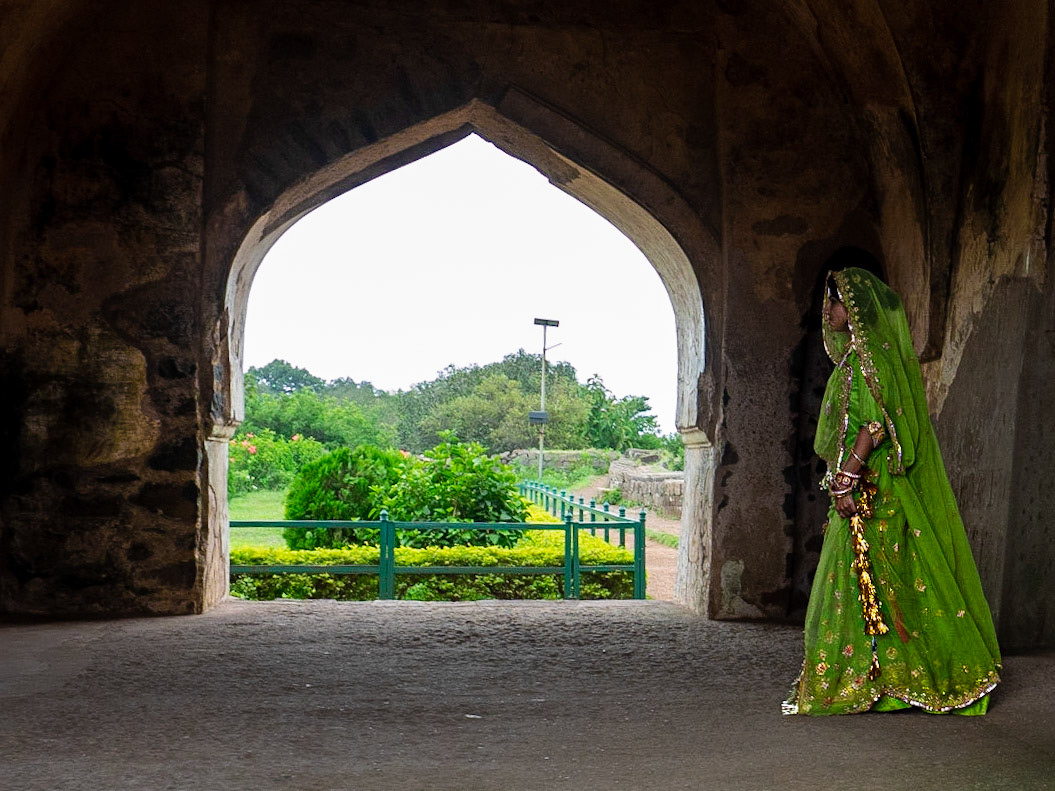
Mandu

Mandu
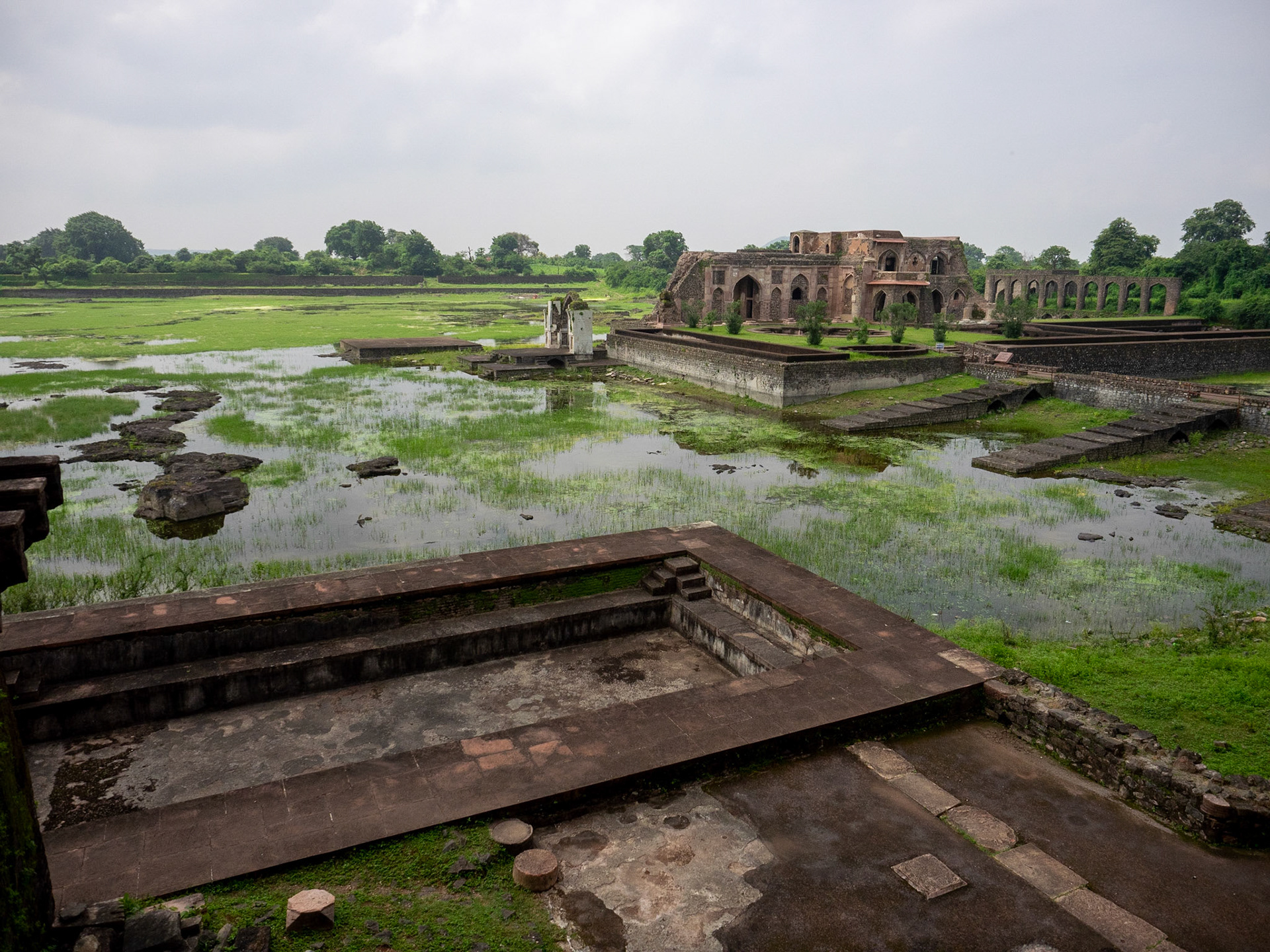
Mandu
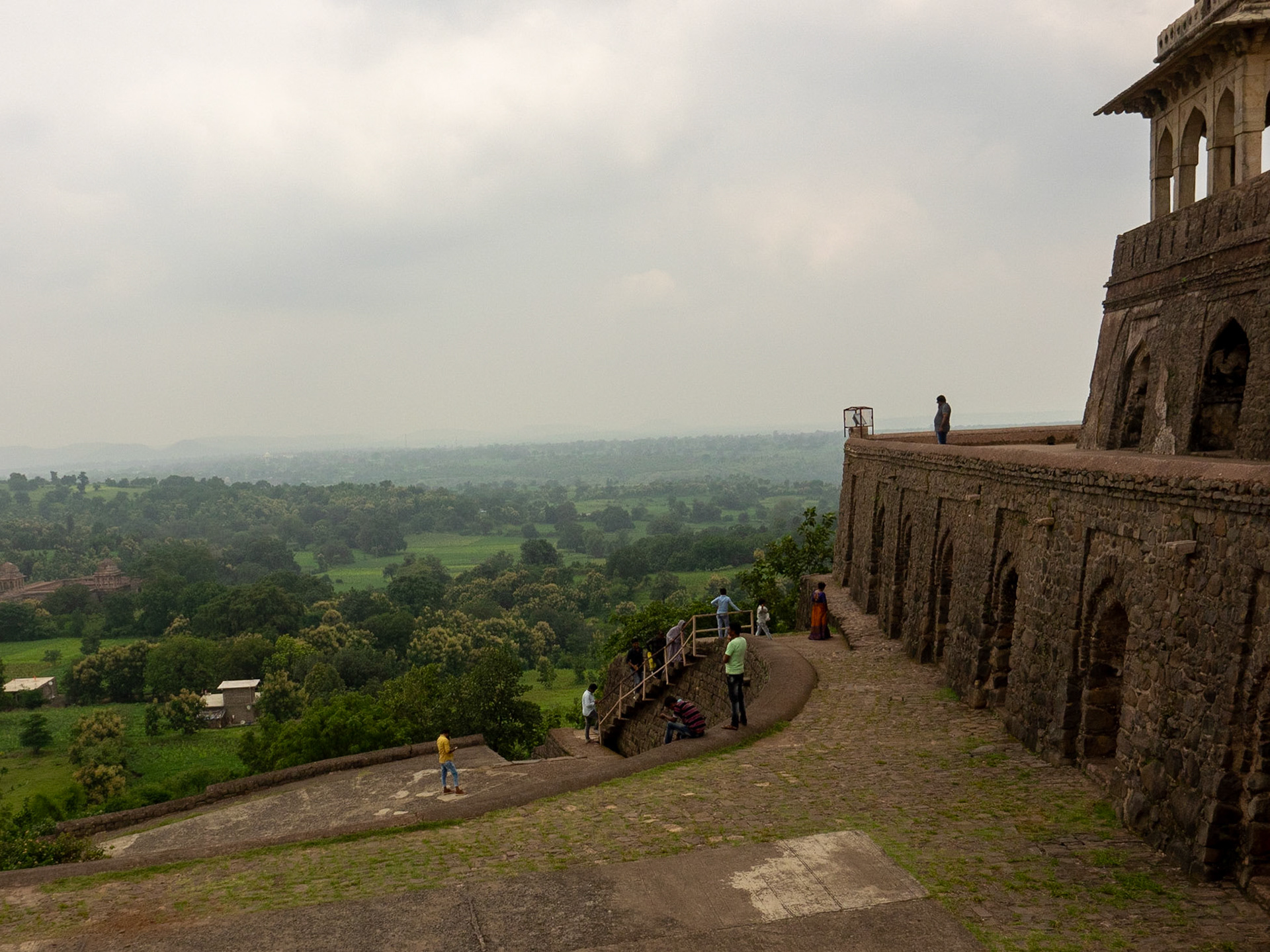
Mandu
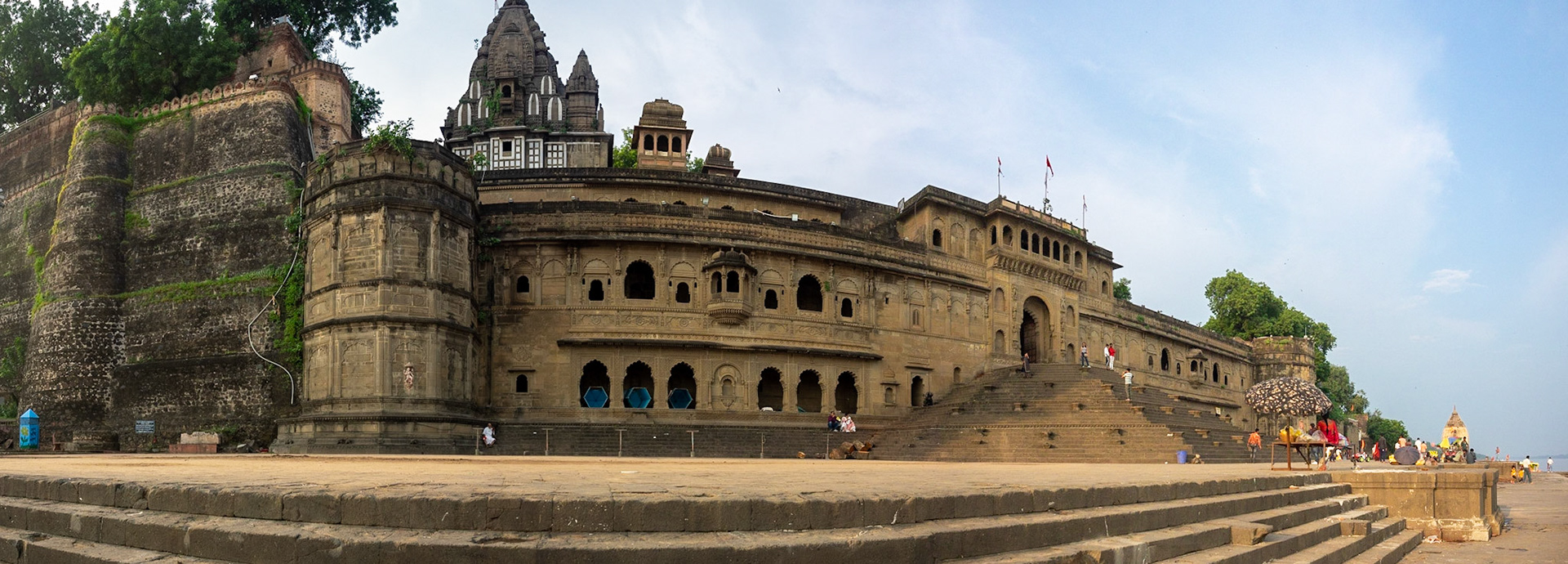
Ahilya Fort, Maheshwar
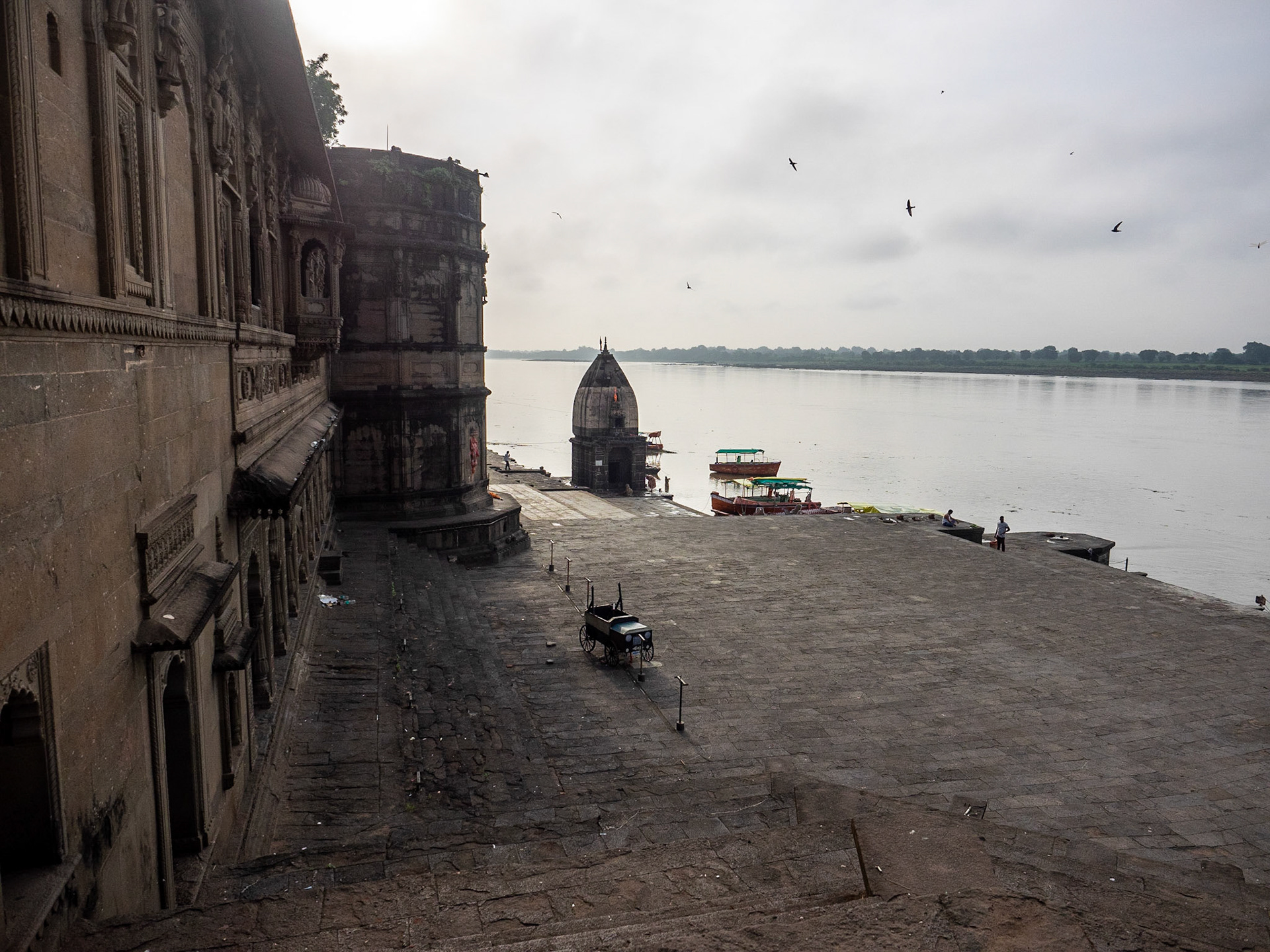
Maheshwar Ghats
Orchha
Another small town with a remarkable series of buildings is Orchha, almost in the centre of Madhya Pradesh. With it's glory days as a small Rajput state from the mid 1500's, it has forts, temples, and tombs on either bank of the pretty Betwa River. A combination of Rajput & Mughal styles, these structures are almost all easily walkable from the centre of town.
Orchha can be a bit tricky to reach. The nearest train station of any note is at Jhansi, half an hours drive away, but Jhansi trains often arrive at awkward hours.
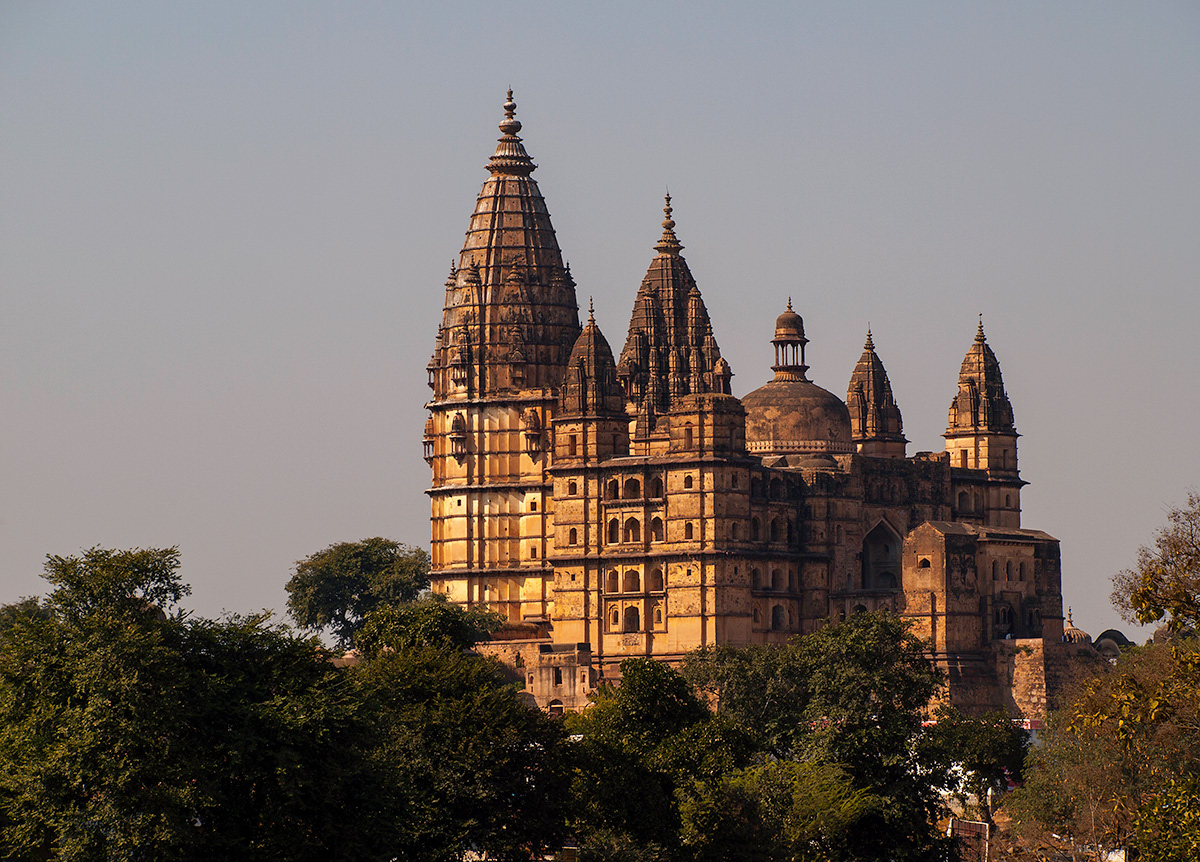
Orcha
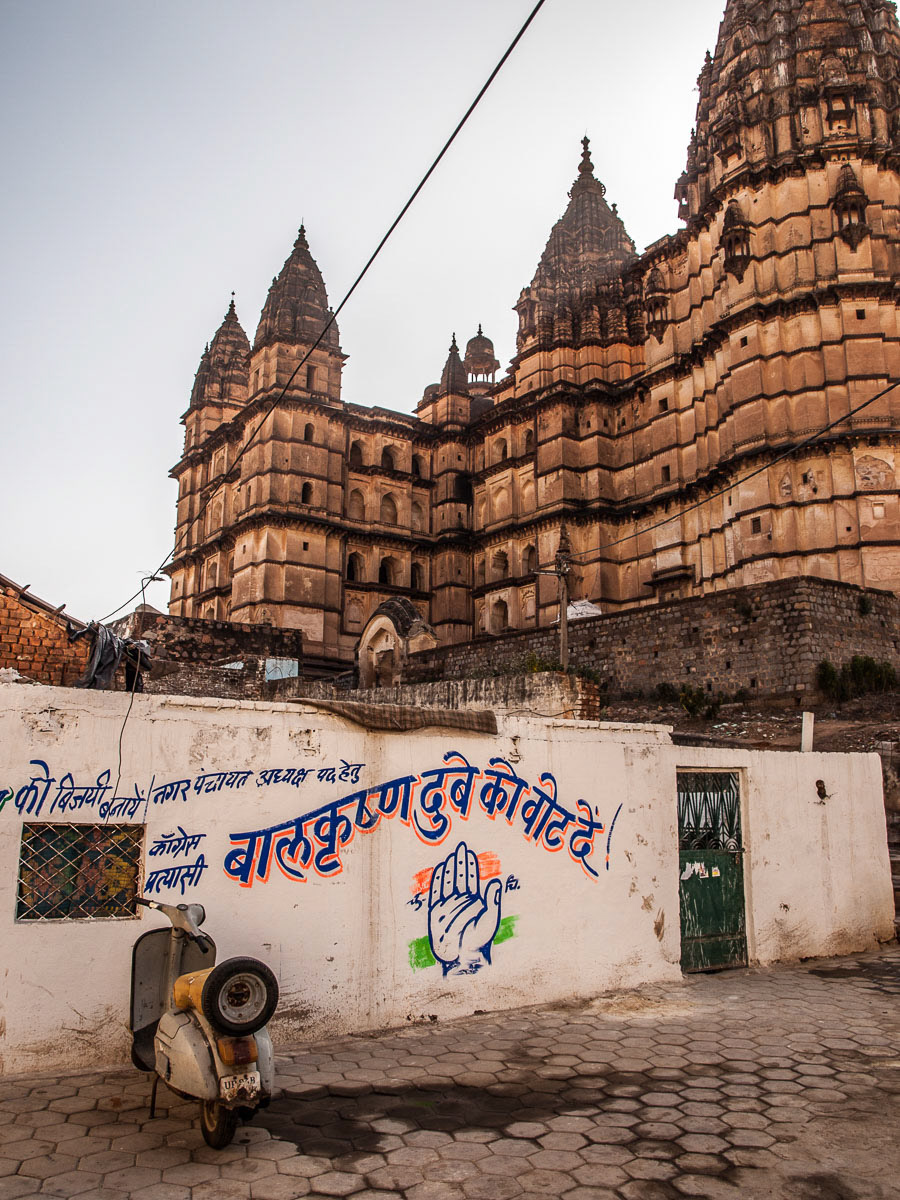
Orcha

Orcha Fort

Orcha
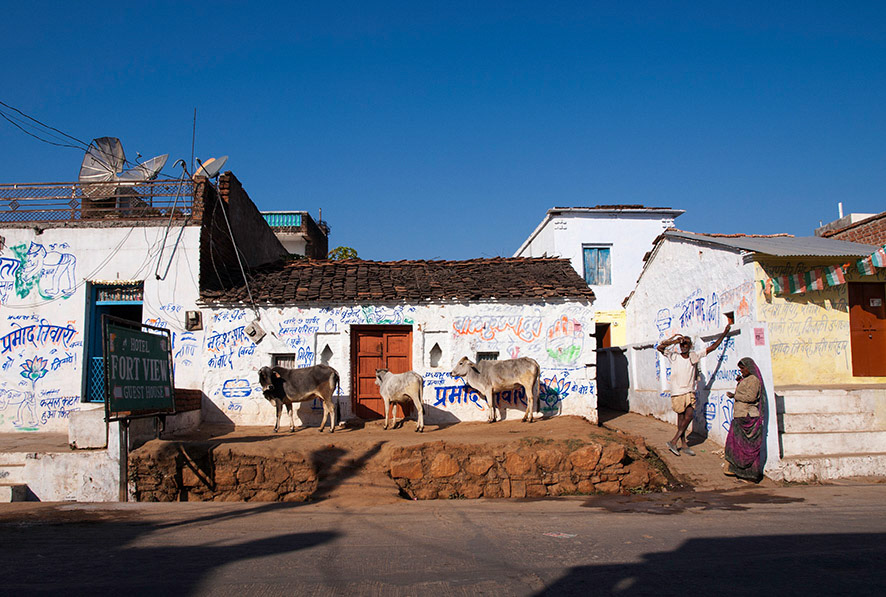
Orcha
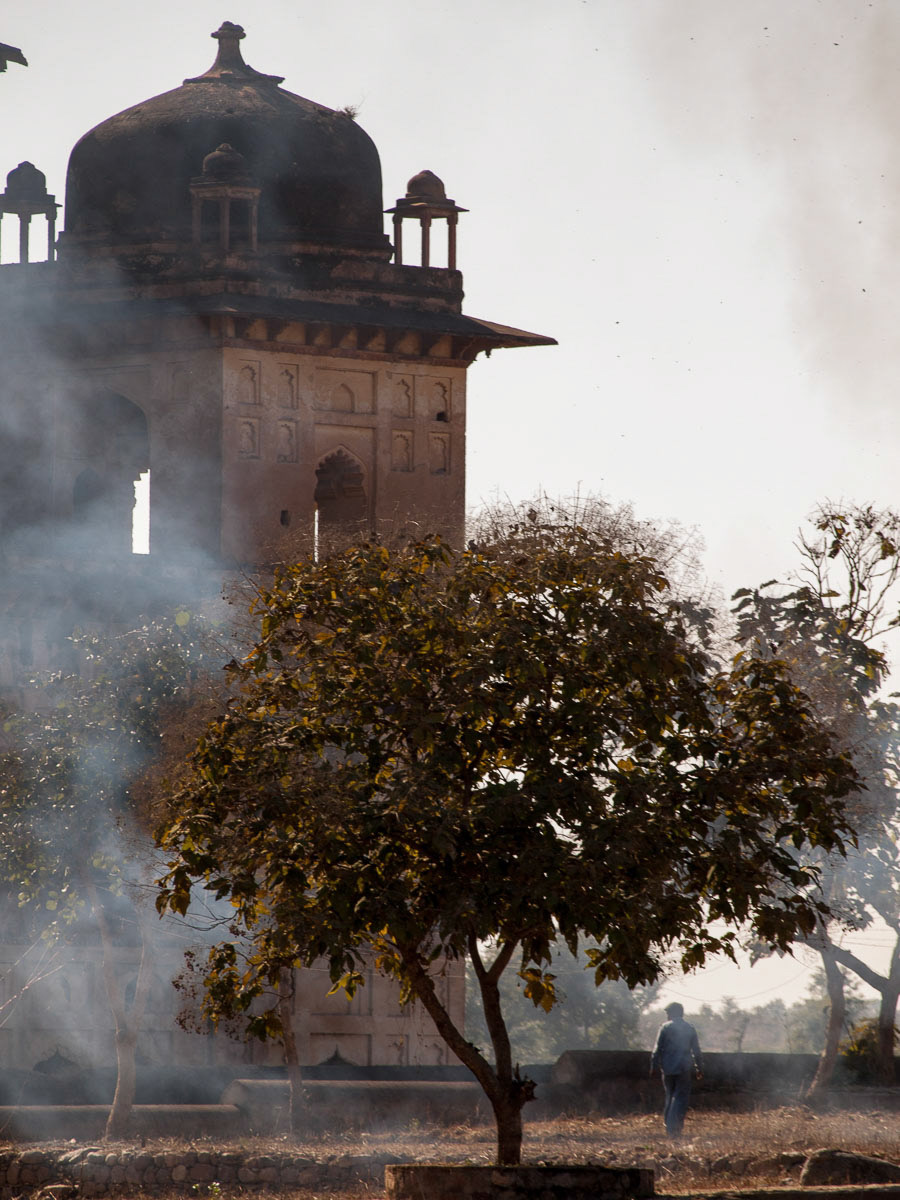
Orcha
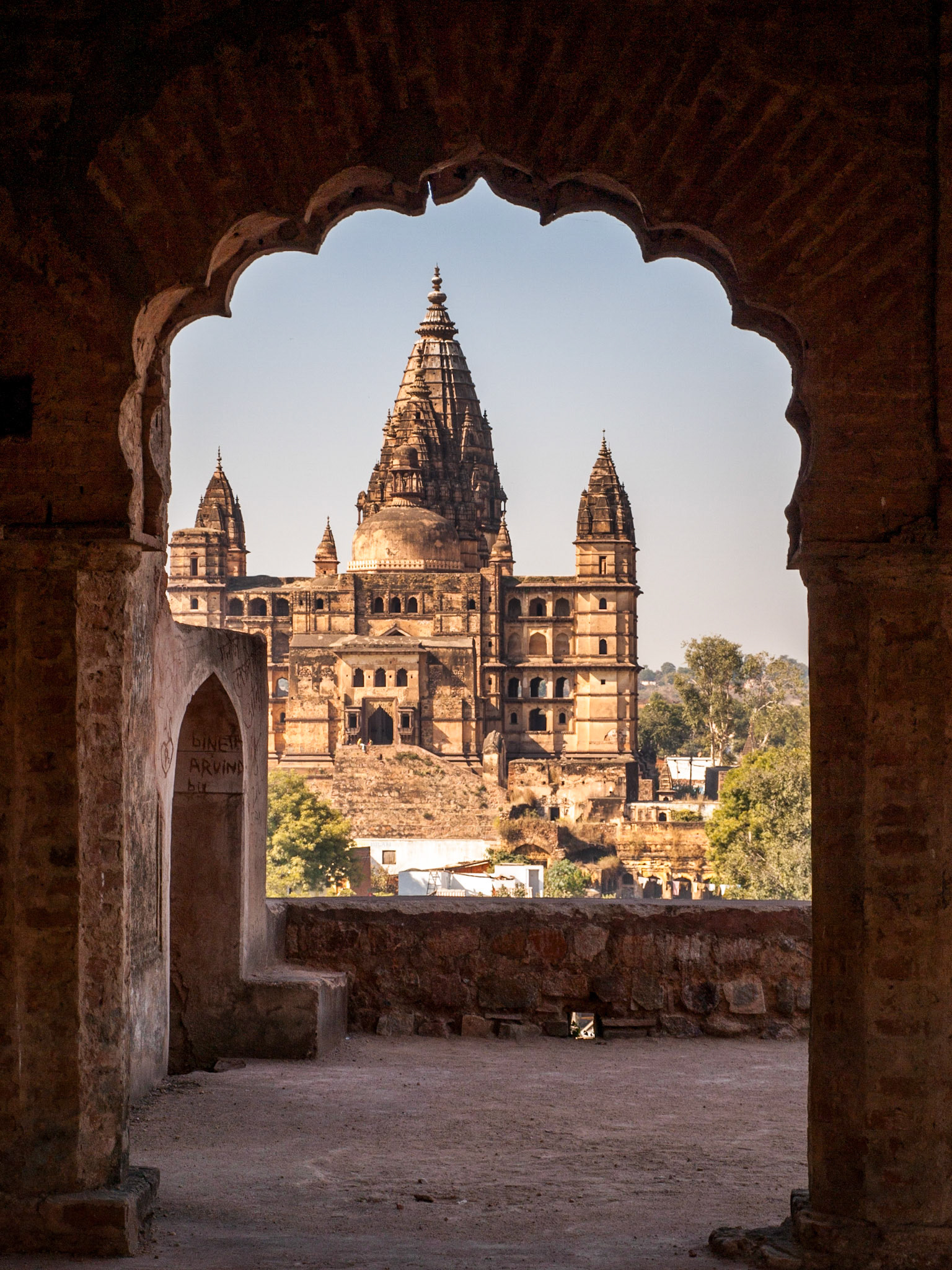
Orcha
Bhopal
Bhopal is the capital of Madhya Pradesh, a rather sprawling city of just under 2 million. It does have some sights of its own, but with accommodation options spread out across town, it is of more interest as a transport hub, and base for day trips.
The ancient Buddhist site at Sanchi is probably the best known of these day trips, and well worth a visit. The unfinished Hindu temple at Bhojeshwar is also of interest, particularly if you're lucky enough to be there for Maha Shrivaratri, when thousands of devotees pay a visit.
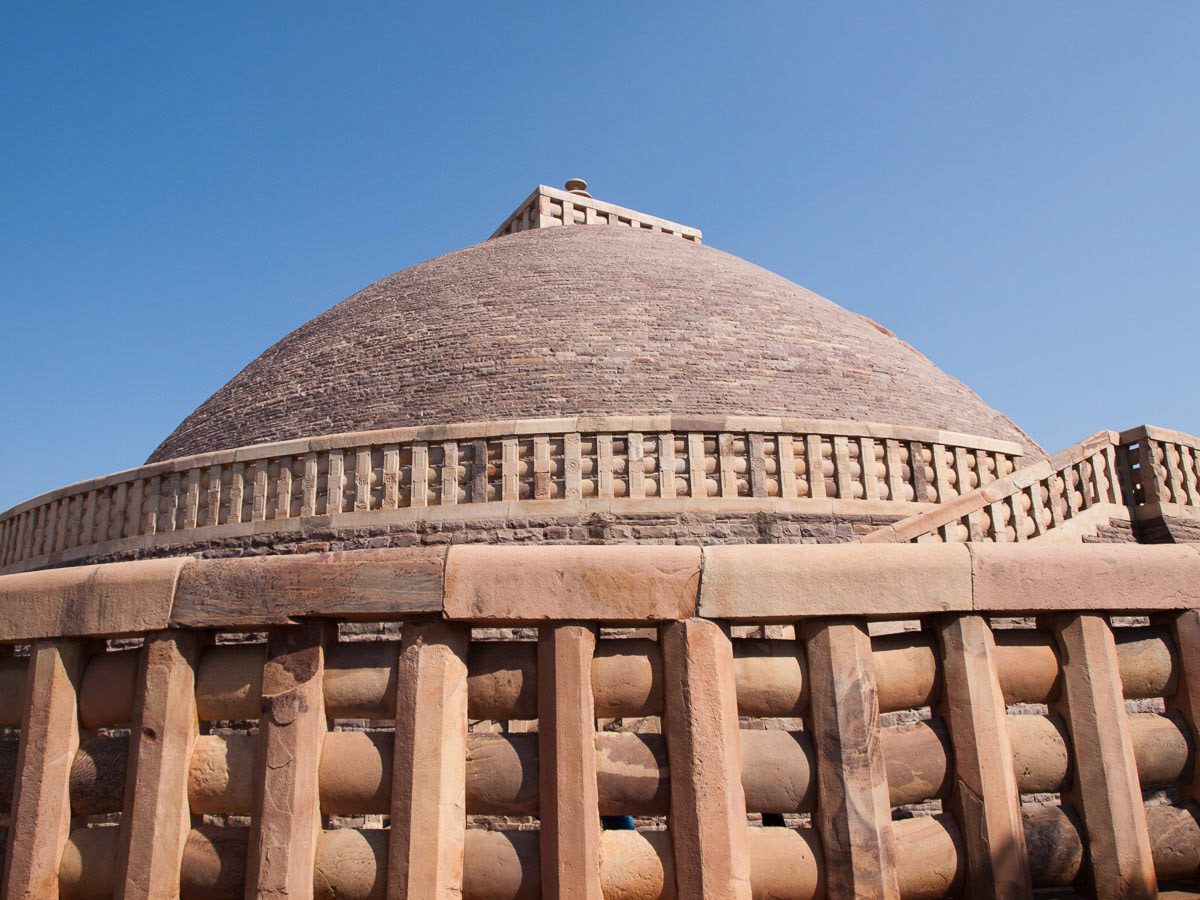
Sanchi
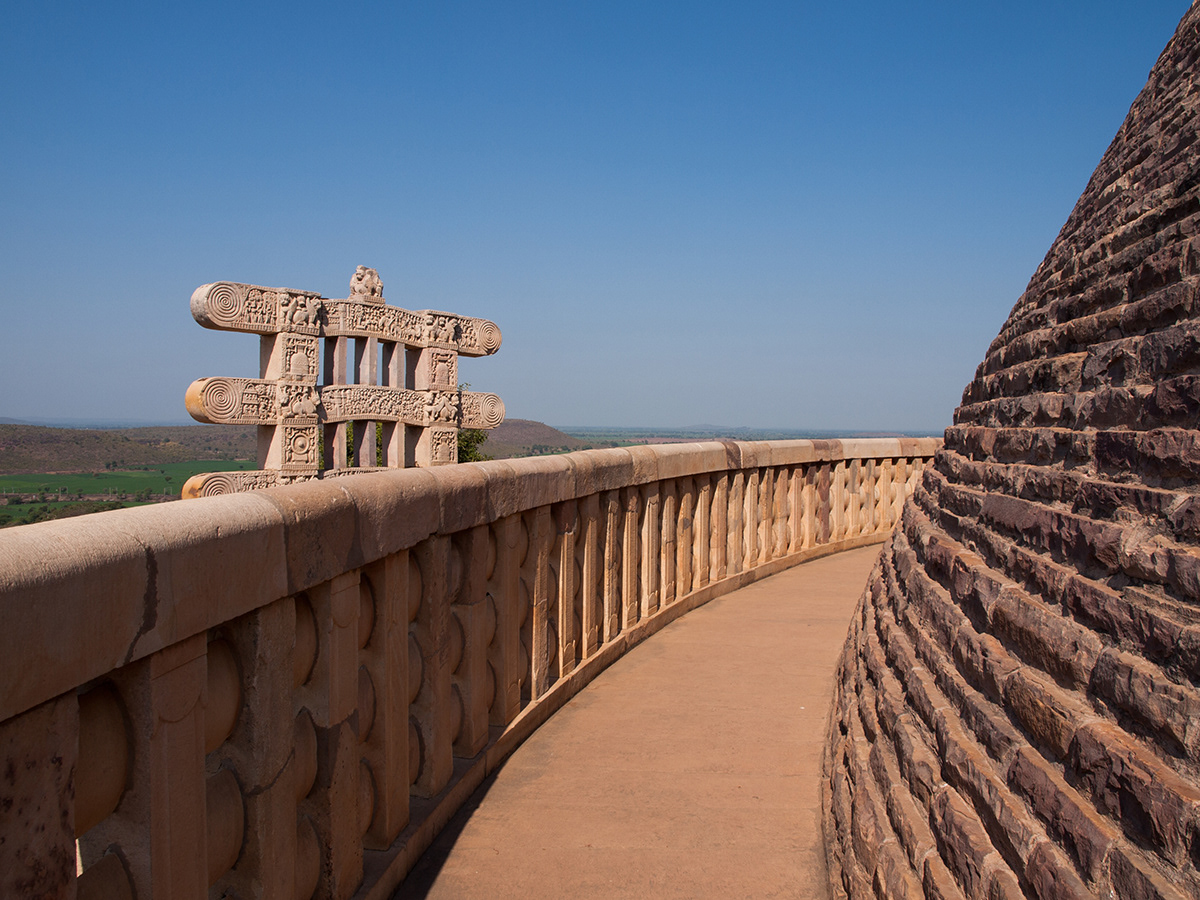
Sanchi

Sanchi
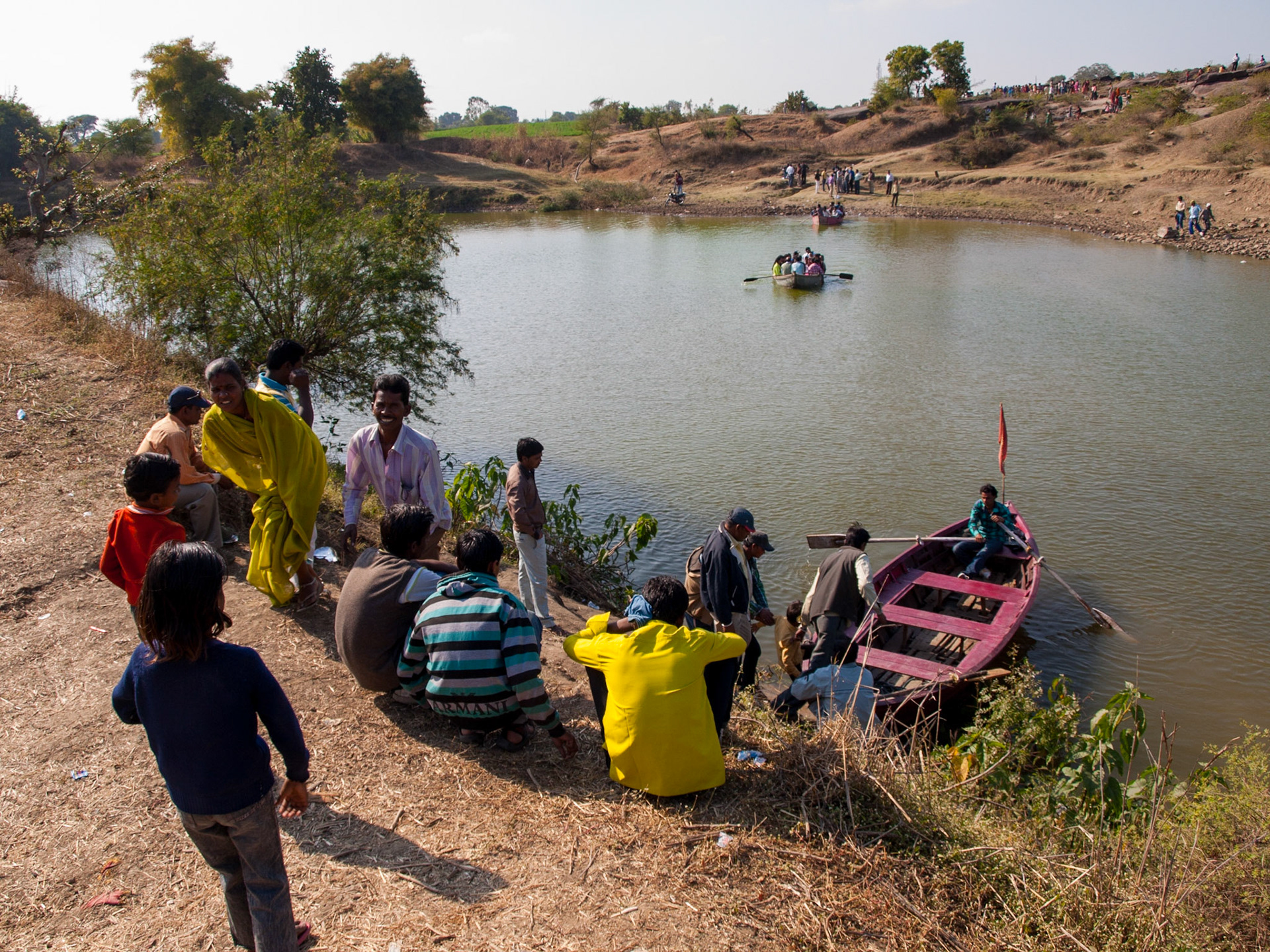
Pilgims en route to Bhojeshwar Temple

Bhojeshwar Temple
Ujjain
Don't bother.
Ujjain might be one of the four holiest places in India, and it's relatively straight forward to get to, being in the north west of Madhya Pradesh, towards Rajasthan, and on a main train line, but....
I don't know if it was the problems with the accommodation, the transport, the pushy temple priests, the groups of inappropriately behaved Indian men, or the disappointing food. Or all of the above. One of the rare places in India I have absolutely no wish to return to.
On the other hand I did get to see, early one morning, just after dawn, a procession of naked Sky Jain walk down the street, carefully sweeping any creatures away before each step. So everywhere can have something worthwhile.
